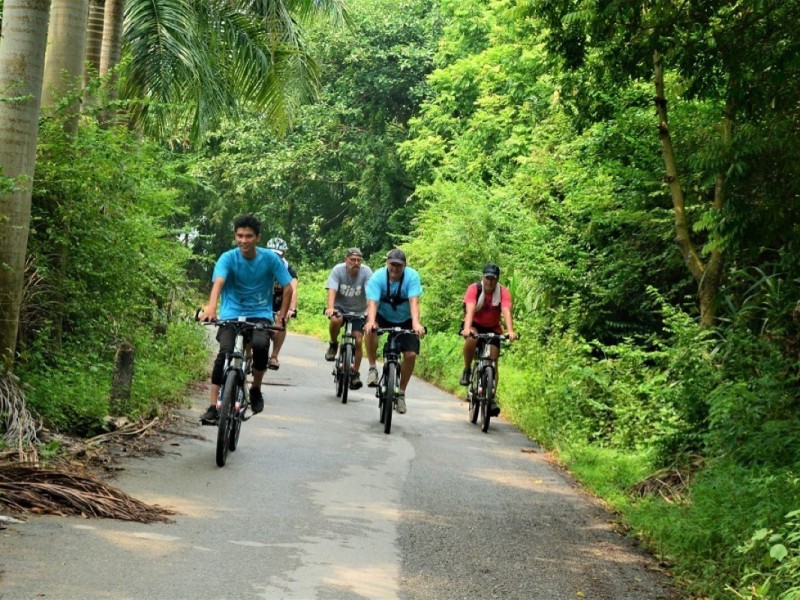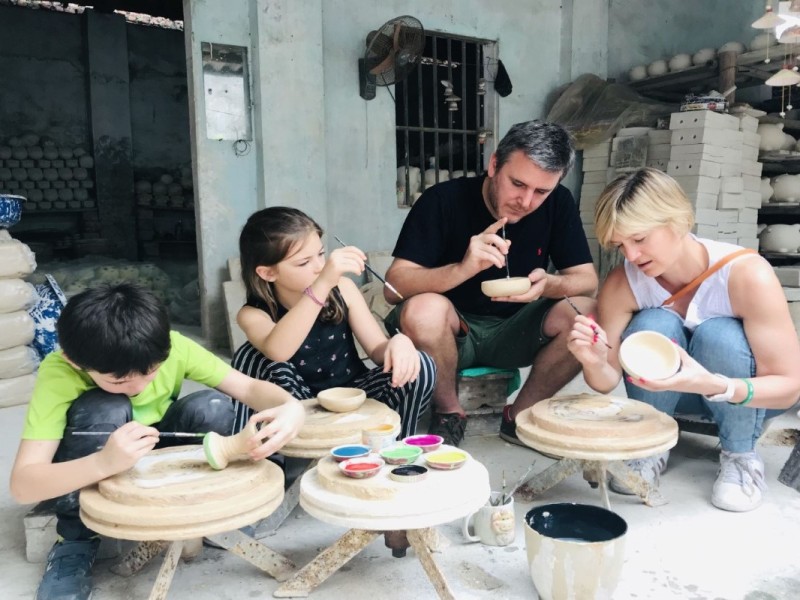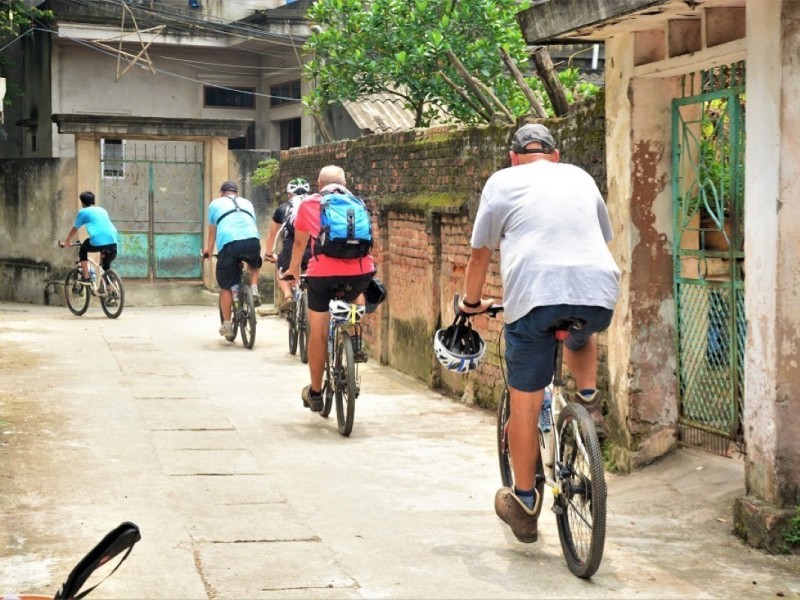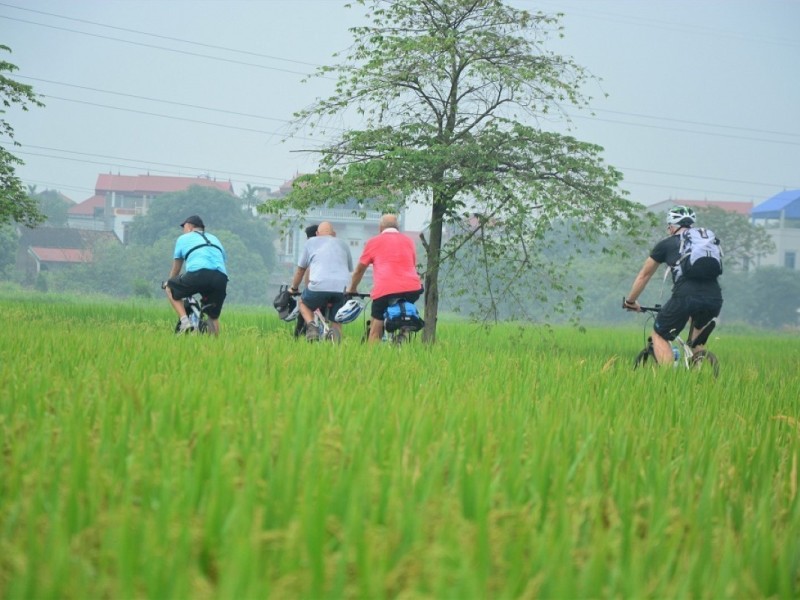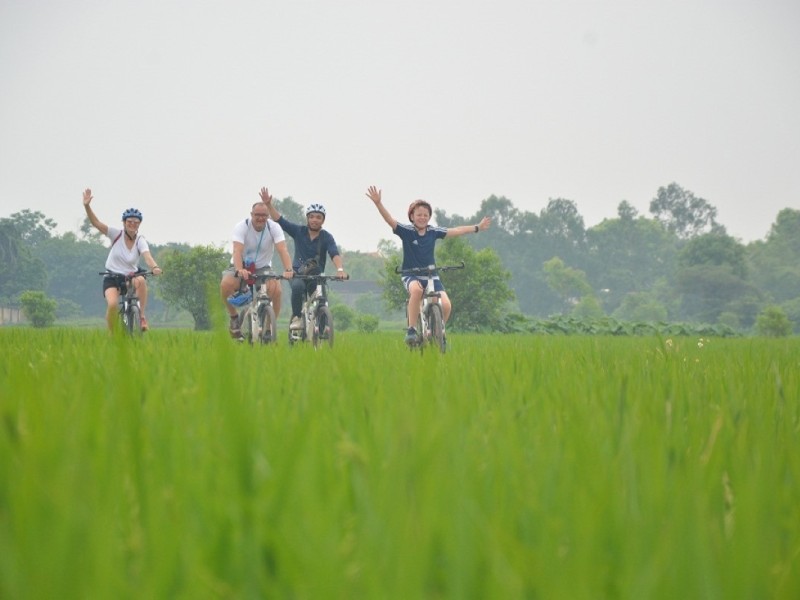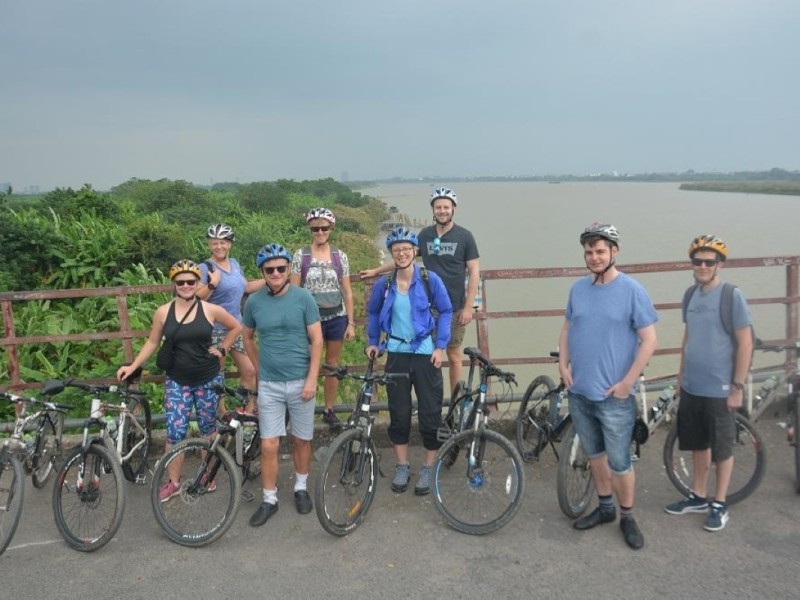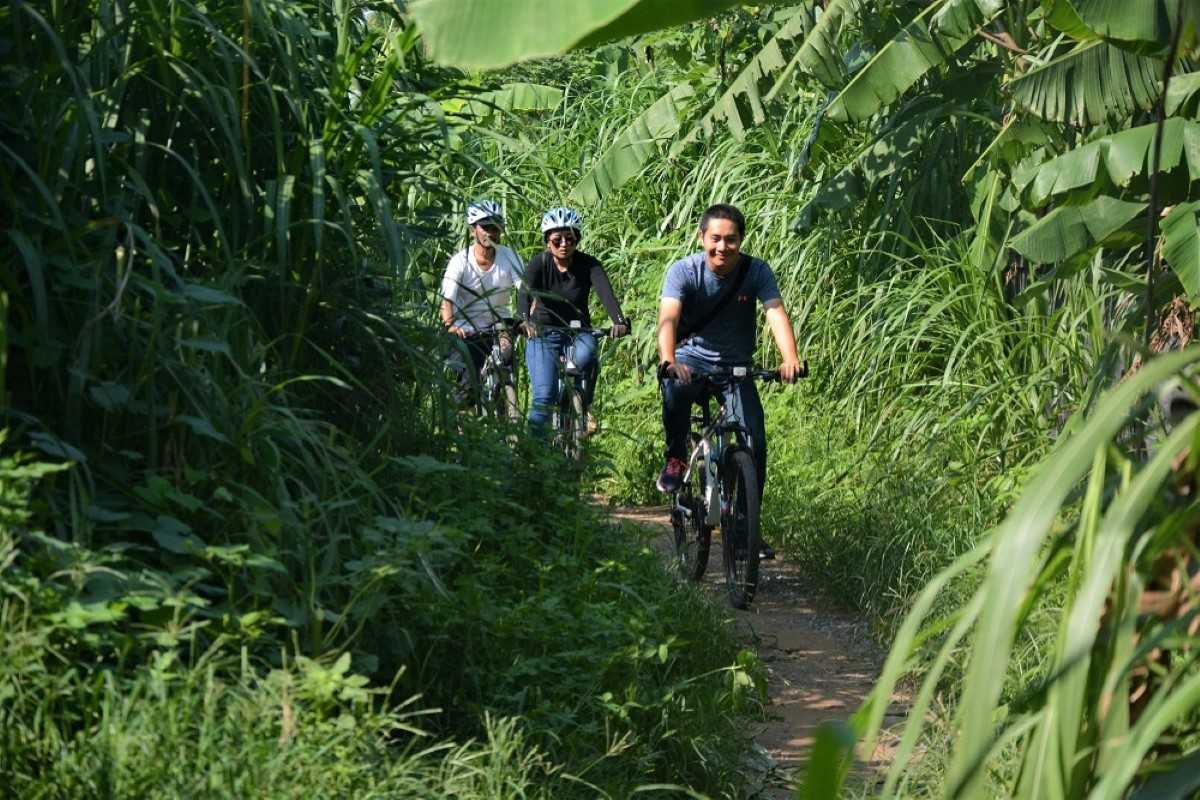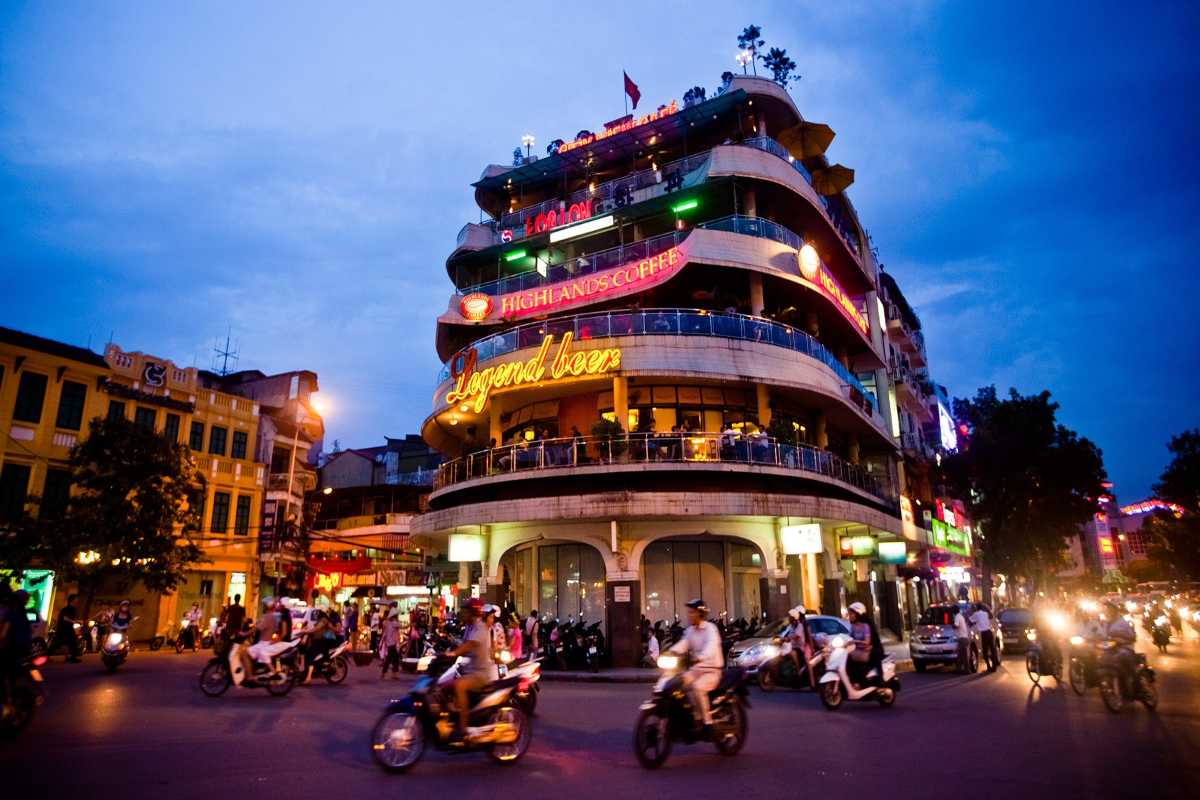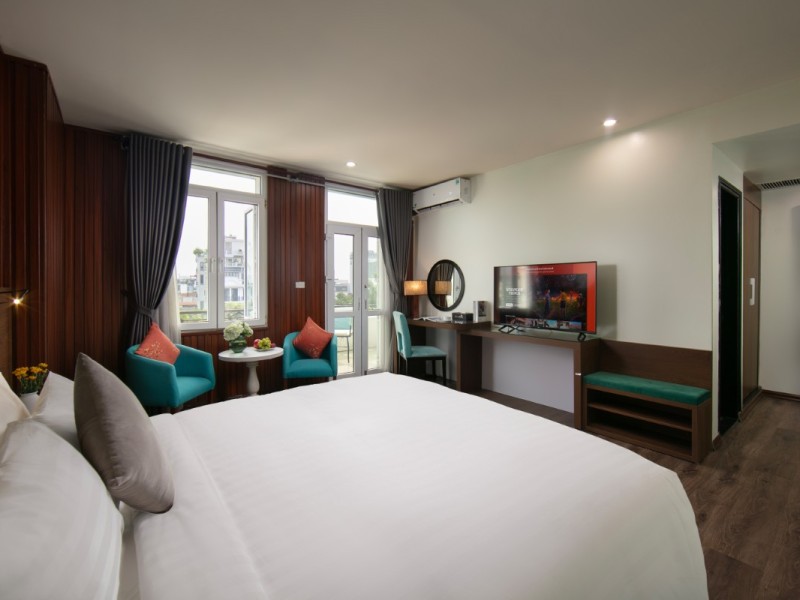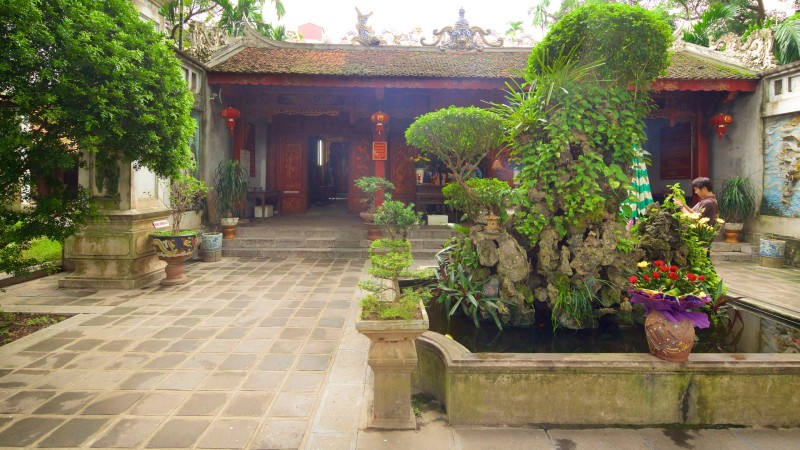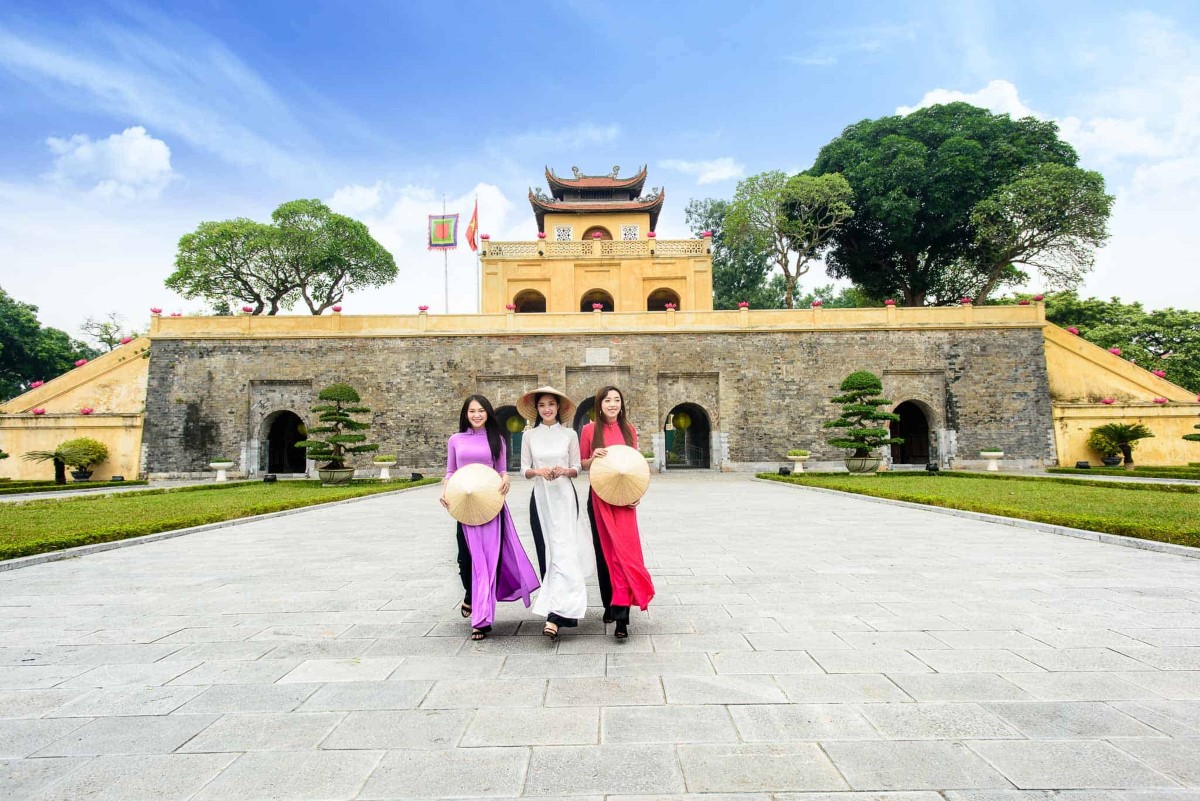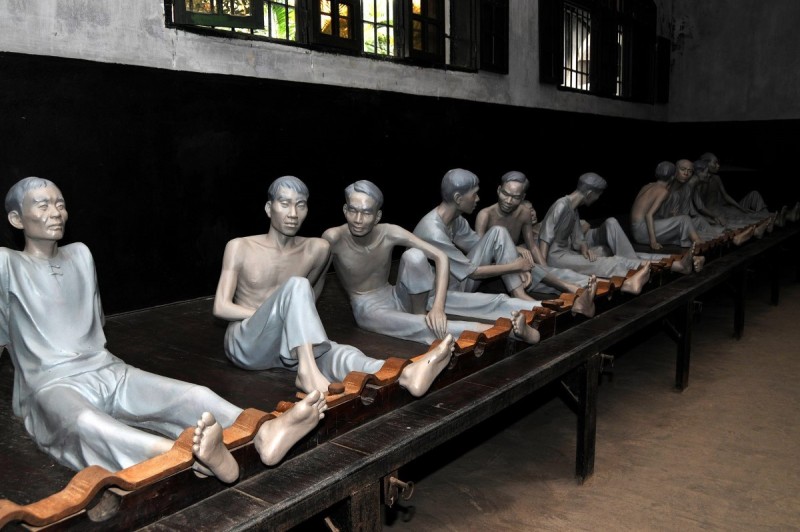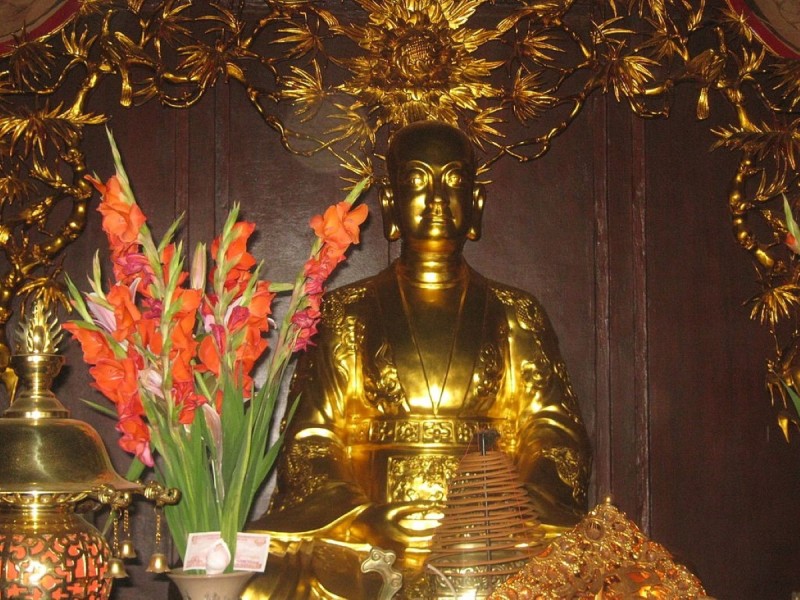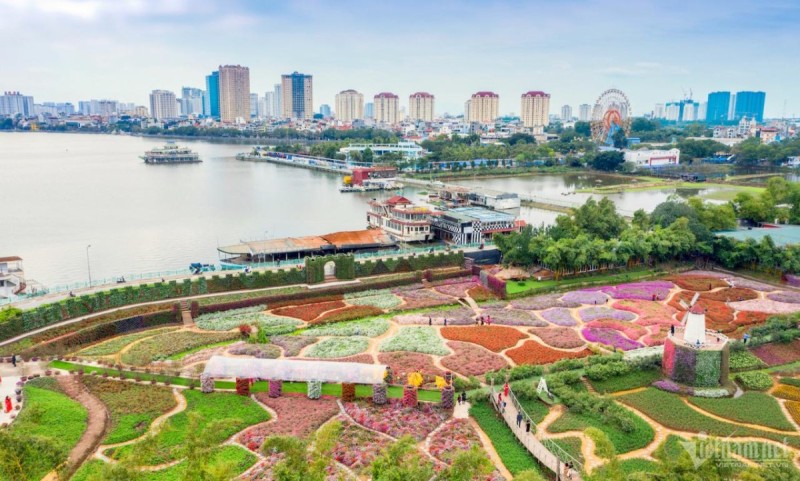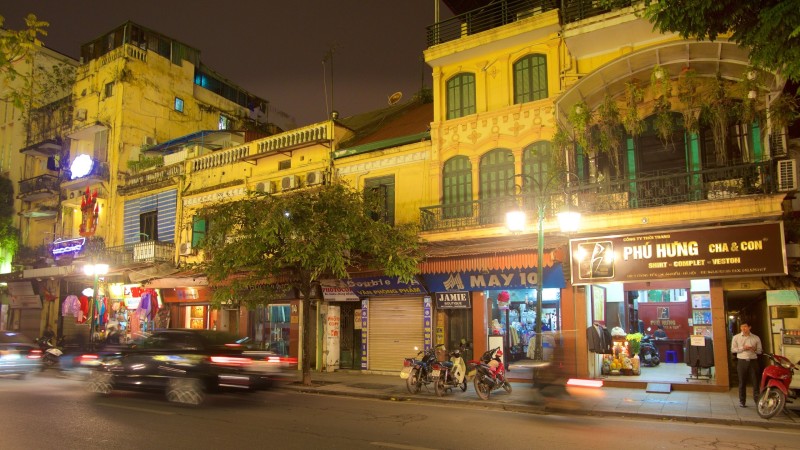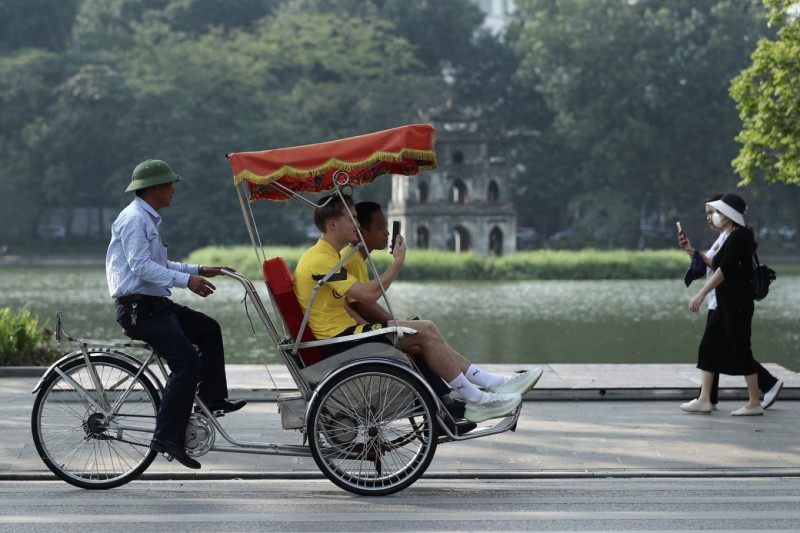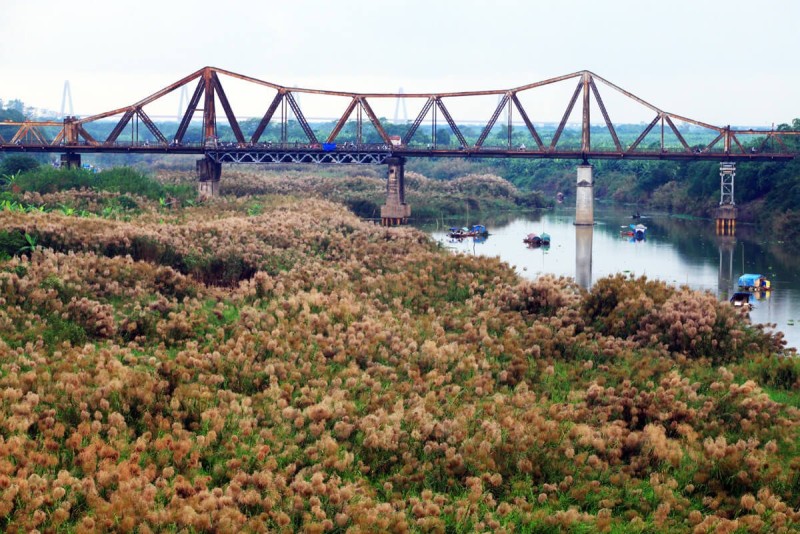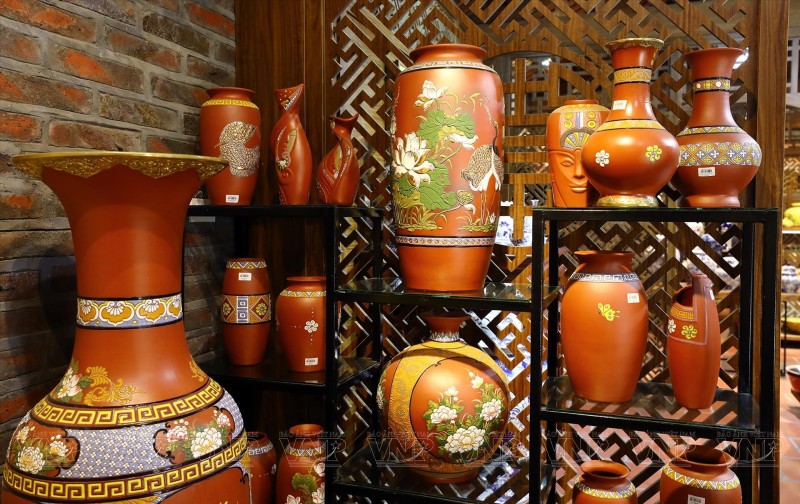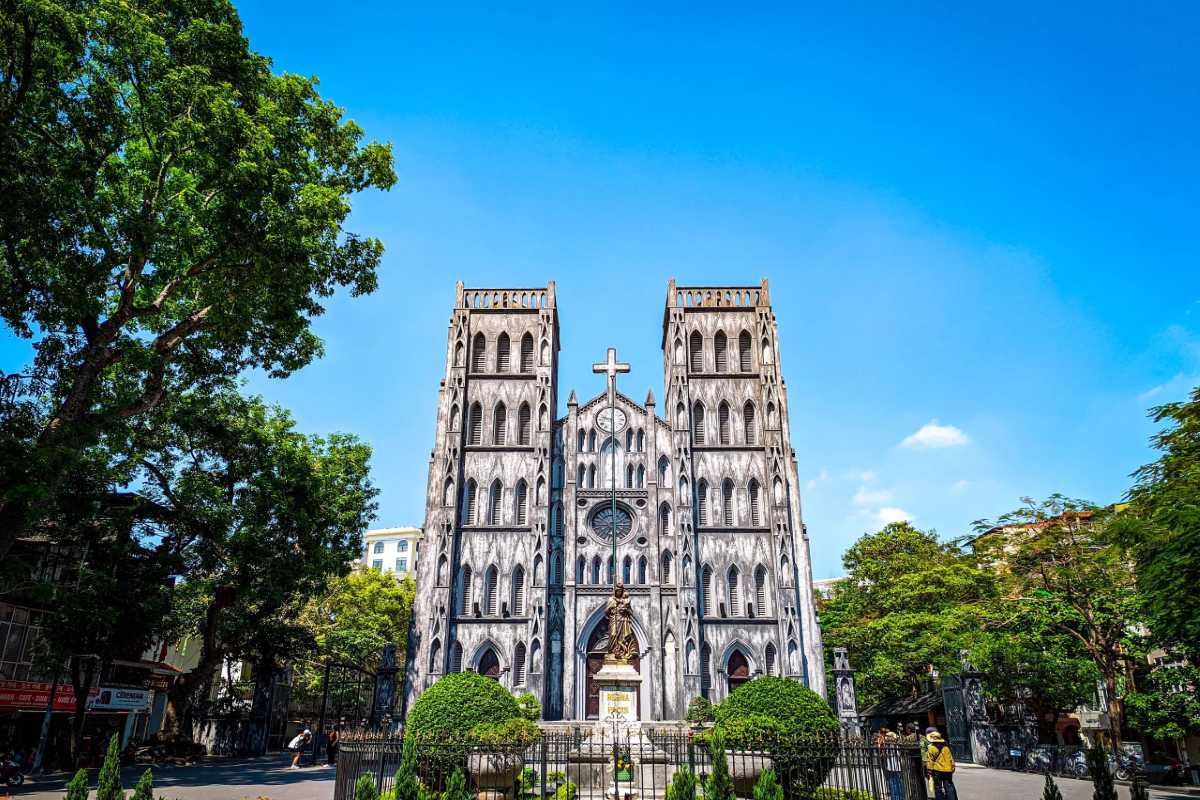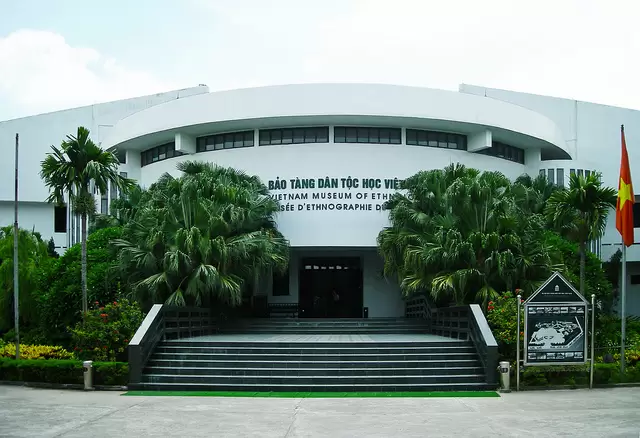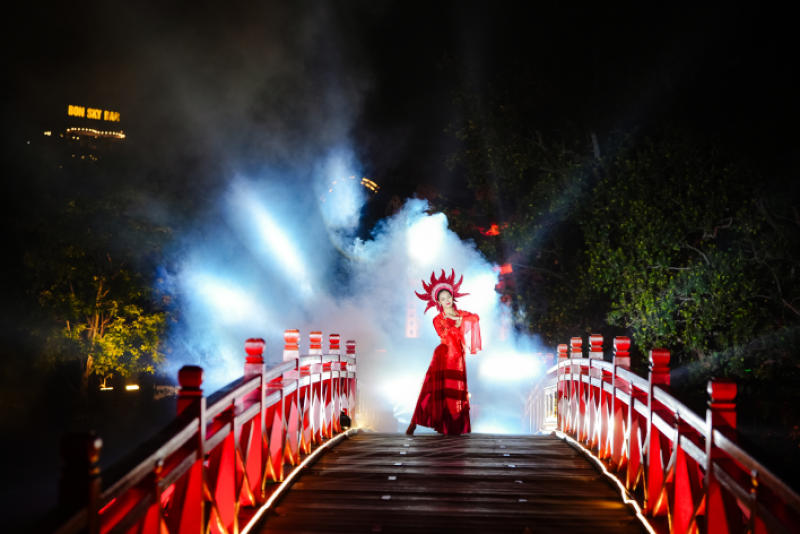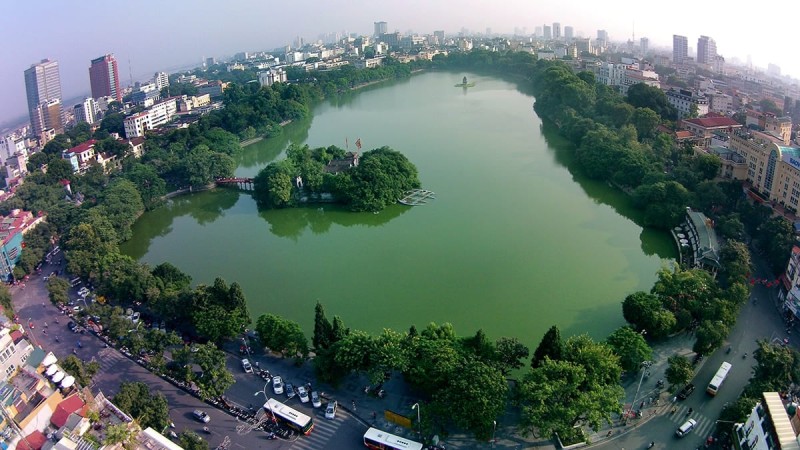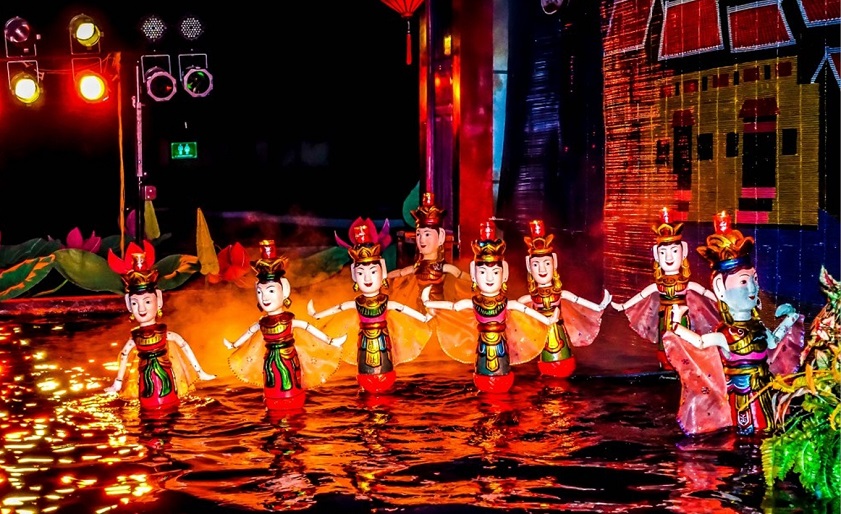Tran Quoc Pagoda: Explore Hanoi’s Oldest Buddhist Pagoda & Spiritual Gem
Tran Quoc Pagoda is Hanoi’s oldest Buddhist temple, offering a rich historical and spiritual experience. Located on scenic West Lake, it features an iconic 11-story red brick stupa and traditional Vietnamese architecture. Visitors can explore cultural rituals, serene gardens, and nearby historic sites for a complete cultural visit.
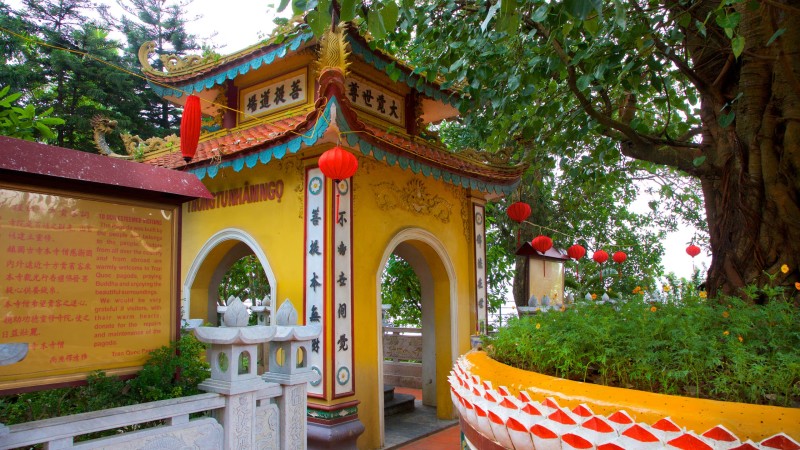
Introduction to Tran Quoc Pagoda
Tran Quoc Pagoda is a historic and culturally significant Buddhist temple located on the serene shores of West Lake in Hanoi. As one of the city’s oldest spiritual landmarks, it offers a unique blend of ancient heritage and tranquil natural beauty. This introduction sets the foundation for understanding its importance as a symbol of Vietnamese religious tradition and cultural identity, inviting you to explore its rich past and captivating atmosphere.
Discover the enchanting location and learn why Tran Quoc Pagoda remains a revered site for both worshippers and travelers alike. Whether you seek spiritual insight or historical knowledge, this pagoda’s story offers a compelling glimpse into Hanoi’s cultural tapestry.
Plan your visit to Tran Quoc Pagoda and immerse yourself in the peaceful ambiance shaped by centuries of faith and tradition.
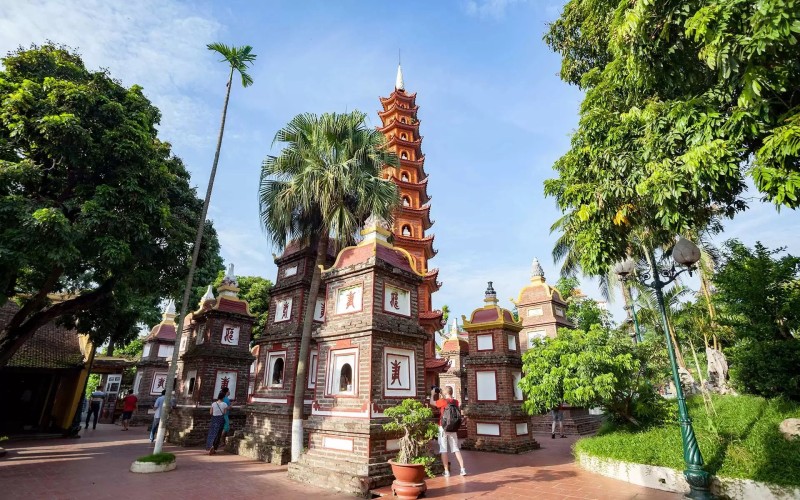
Overview of Tran Quoc Pagoda
Nestled beside West Lake, Tran Quoc Pagoda stands as a testament to ancient Vietnamese religious architecture and cultural endurance. This Buddhist temple combines historical significance with picturesque surroundings, making it a must-see landmark in Hanoi. The pagoda’s serene setting and centuries-old structures reflect its role as a spiritual hub and a cultural beacon.
With its storied past dating back over a millennium, Tran Quoc Pagoda invites you to experience a place where history and devotion converge. Visitors often admire its harmonious blend of nature and sacred space, enriching their understanding of Vietnamese Buddhist heritage.
Explore the historical layers and cultural depth of Tran Quoc Pagoda to fully appreciate its place among Hanoi’s cherished landmarks.
Location and setting by West Lake
This section highlights the idyllic location of Tran Quoc Pagoda along the edge of West Lake, one of Hanoi’s most scenic and historically rich areas.
- Lakeside setting: The pagoda overlooks calm waters, providing a peaceful atmosphere for reflection.
- Proximity to Hanoi Old Quarter: A short journey from Hanoi’s bustling cultural and historic heart.
- Accessibility: Well-connected by public transport and easily reached by taxi or on foot.
The tranquil lakeside environment enhances the spiritual experience at Tran Quoc Pagoda, making it an inviting retreat from the city’s pace.
Importance as Hanoi’s oldest Buddhist temple
Recognized as the oldest Buddhist temple in Hanoi, Tran Quoc Pagoda holds a vital place in the city’s religious and cultural landscape.
- Established in the 6th century under Emperor Ly Nam De, marking its deep historical roots.
- Survived numerous historical upheavals while maintaining continuous religious significance.
- Serves as a prominent spiritual site for Buddhists and a symbol of Vietnamese heritage.
Its standing as Hanoi’s oldest temple makes Tran Quoc Pagoda a key link to the country’s ancient spiritual traditions and a cherished cultural monument.
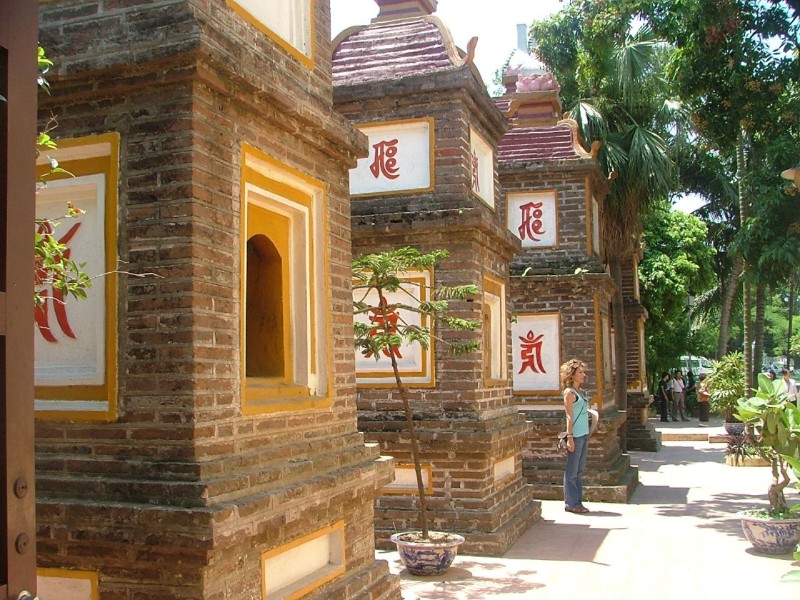
Significance in Vietnamese culture and Buddhism
Tran Quoc Pagoda holds profound symbolic and religious importance within Vietnam’s Buddhist culture and national heritage. This revered site represents a vital link between spiritual devotion and cultural identity, embodying centuries of tradition and faith that continue to influence local beliefs and practices.
Understanding the cultural significance of Tran Quoc Pagoda helps deepen appreciation for its role not only as a place of worship but also as a living monument reflecting Vietnam’s rich Buddhist heritage and cultural preservation efforts. Its presence enriches the spiritual landscape of Hanoi and offers visitors meaningful insight into the country’s enduring religious traditions.
Plan your journey to Tran Quoc Pagoda to experience firsthand its powerful cultural and spiritual symbolism.
Role as a spiritual and cultural symbol
This section explores how Tran Quoc Pagoda functions as a powerful symbol of Buddhism and Vietnamese culture.
- Acts as a pilgrimage site for Buddhist devotees.
- Represents resilience through historical upheavals.
- Embodies cultural values and spiritual continuity in Hanoi.
The pagoda’s spiritual and cultural symbolism resonates deeply with both locals and visitors alike, reinforcing its importance as a cherished landmark.
Connection to local religious practices
Visitors to Tran Quoc Pagoda can observe and sometimes participate in longstanding religious traditions practiced here.
- Daily Buddhist rituals and offerings conducted by monks.
- Annual celebrations such as Vesak attracting worshippers.
- Community gatherings supporting cultural and spiritual education.
The active religious life at Tran Quoc Pagoda offers a window into Vietnamese Buddhist practice and community, enriching the visitor experience with authentic spiritual engagement.
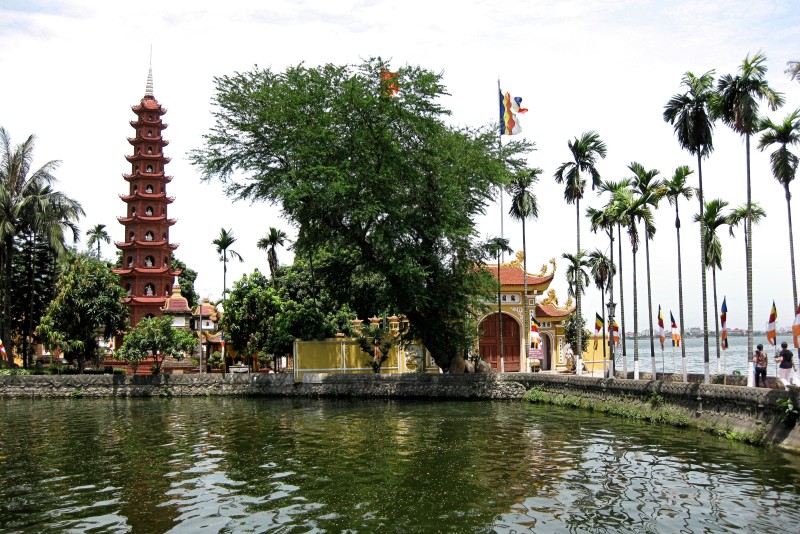
Unique features that distinguish the pagoda
Tran Quoc Pagoda stands out with its distinctive architectural style and historical artifacts that reflect centuries of Vietnamese Buddhist heritage. Its unique features capture the attention of visitors and scholars alike, making it a must-see cultural and spiritual site.
Recognizing the architectural style and the presence of significant historical relics at Tran Quoc Pagoda helps visitors appreciate its uniqueness compared to other temples and enhances their overall experience of this cultural landmark.
Explore the remarkable architectural and historical features of Tran Quoc Pagoda on your visit.
Architectural style and historical artifacts
The architectural design of Tran Quoc Pagoda reflects centuries of Vietnamese Buddhist influence and houses numerous valuable artifacts.
- Traditional Vietnamese roof styles with curved eaves and intricate woodwork.
- Stone inscriptions and ancient relics preserved within the complex.
- Elements combining religious symbolism with artistic craftsmanship.
These features highlight the pagoda’s importance as both a religious site and a cultural treasure, drawing visitors into its rich heritage.
The iconic 11-story red brick stupa
One of the pagoda’s most striking landmarks is the red brick stupa rising eleven stories high, a symbol of spiritual ascent.
- Built during the 17th century, it is the oldest stupa in Vietnam.
- Houses sacred relics and is a focus for worship and meditation.
- Architectural design combines simplicity with spiritual symbolism.
The 11-story stupa stands as a testament to Tran Quoc Pagoda’s enduring religious and architectural legacy, inspiring awe in all who visit.
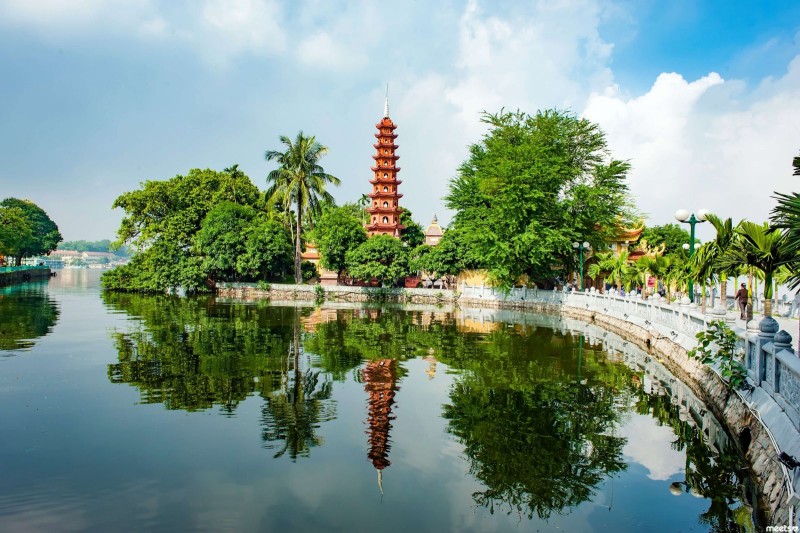
History and Cultural Heritage
Discover the rich history and cultural significance of Tran Quoc Pagoda, Hanoi’s oldest Buddhist temple, including its origins, evolution, and preservation efforts.
Tran Quoc Pagoda stands as Hanoi’s oldest Buddhist temple, offering a deep connection to Vietnam’s spiritual and cultural heritage. Founded in the 6th century, this sacred site reflects centuries of religious devotion, architectural evolution, and resilience through historical changes. Its enduring presence on the shores of West Lake invites visitors to explore a legacy shaped by dynastic influences and community preservation efforts. As you learn about the origins and transformation of Tran Quoc Pagoda, you will gain a fuller appreciation of its place in Vietnamese Buddhist history. Plan your visit to Tran Quoc Pagoda to experience this living monument firsthand.
Seamlessly transition into the pagoda’s beginnings with a look at its founding.
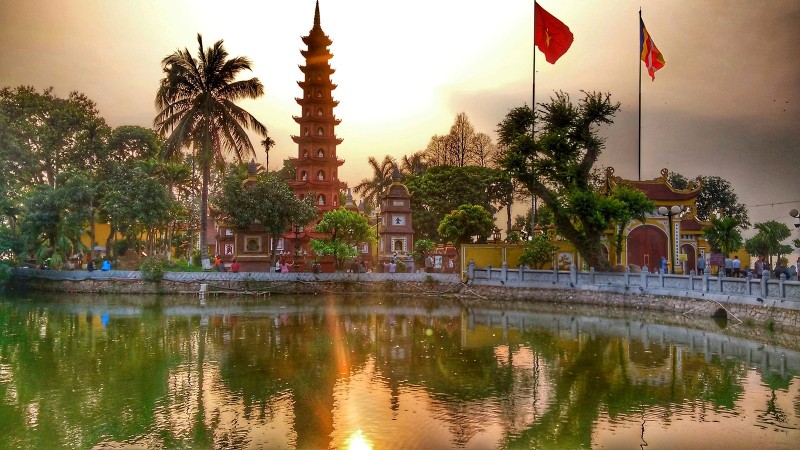
Origins and Early History
The story of Tran Quoc Pagoda begins in the 6th century during the reign of Emperor Ly Nam De, making it one of the earliest Buddhist temples in Vietnam. Originally situated on the banks of the Red River, the temple served as a spiritual hub for early practitioners of Buddhism, embodying the religious and cultural values of the era. The ancient structure is a testament to Vietnam’s rich history of Buddhist architecture and devotion, surviving through centuries as a symbol of faith and community.
Exploring the origins of Tran Quoc Pagoda enriches your understanding of its historical and spiritual importance. Discover more about the history of Tran Quoc Pagoda to connect with Vietnam’s past and its enduring cultural traditions. When visiting, take time to reflect on the temple’s origins and the legacy of Emperor Ly Nam De.
Founding during the 6th century under Emperor Ly Nam De
The foundation of Tran Quoc Pagoda during Emperor Ly Nam De’s rule marks a significant moment in Vietnam’s religious history. The temple was established as part of the spread of Buddhism and quickly became a key site for worship and spiritual learning.
- Historical Context: Built in the 6th century, the pagoda reflects early Vietnamese Buddhist influences.
- Religious Significance: Served as a center for monks and devotees practicing Buddhist teachings.
- Legacy of Emperor Ly Nam De: Recognized as a key figure in Vietnam’s early Buddhist development.
This founding legacy shapes the spiritual atmosphere you experience today at Tran Quoc Pagoda. Discover the ancient roots of this revered site as you explore its grounds.
Original location on the Red River banks
The original location of Tran Quoc Pagoda on the banks of the Red River was strategic, serving both spiritual and practical purposes.
- Proximity to Water: Access to the river supported rituals and symbolized purification.
- Trade and Travel: The river location connected the temple with wider communities.
- Early Settlement: The site fostered early Buddhist community growth along the riverbanks.
This riverside setting helped establish the temple’s early importance in Vietnamese Buddhist culture. Experience the historic connection to the Red River when visiting the pagoda’s present location.
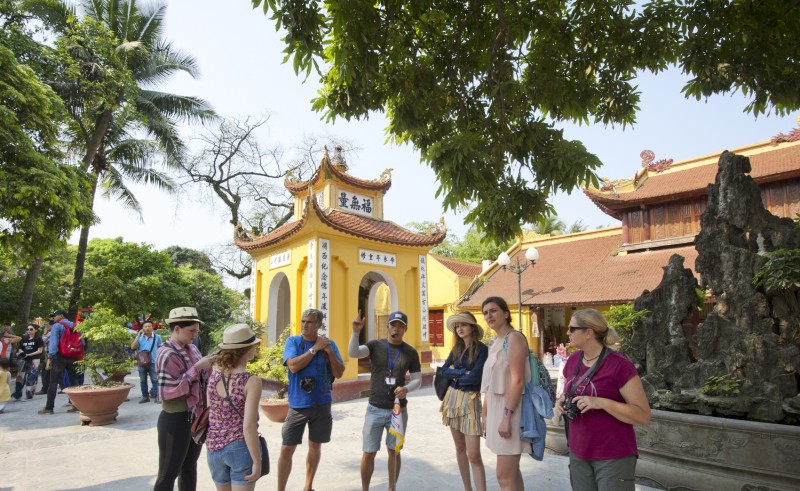
Relocation to West Lake and Architectural Evolution
The Tran Quoc Pagoda relocation in the 17th century reflects both practical responses to environmental changes and a continuous commitment to preserving religious heritage. Flooding along the Red River and the growth of Hanoi’s urban landscape necessitated moving the temple to its present location by West Lake. This transition marked a new chapter in the pagoda’s architectural evolution, blending traditional styles with restoration efforts across centuries. Understanding this timeline highlights how the pagoda adapted while maintaining its spiritual significance.
Explore the details of the relocation to appreciate the cultural and historical context behind Tran Quoc Pagoda’s enduring presence.
Reasons and timeline of relocation in the 17th century
The move of Tran Quoc Pagoda to West Lake in the 1600s was driven by several key factors:
- Flooding Risks: Repeated flooding along the original Red River site threatened the temple’s structures.
- Urban Expansion: Hanoi’s growth made the new location more accessible and sustainable.
- Religious Preservation: The relocation ensured continued worship and protection of sacred relics.
This timeline of relocation demonstrates the community’s dedication to preserving the pagoda’s spiritual and cultural heritage despite environmental challenges.
Plan your visit to Tran Quoc Pagoda to witness this historic site’s evolution firsthand.
Changes and restorations over centuries
Over the centuries since relocation, Tran Quoc Pagoda has undergone significant renovations and architectural enhancements:
- Structural Repairs: Restoration of damaged buildings following natural wear and historic conflicts.
- Architectural Additions: Introduction of new halls, the iconic 11-story red brick stupa, and decorative carvings.
- Conservation Efforts: Recent government-led projects to maintain and protect the temple’s historic features.
These ongoing restorations showcase the evolving blend of tradition and care that defines Tran Quoc Pagoda today.
Experience the living history of this sacred place when you visit.

Role in Vietnamese Buddhist History
Tran Quoc Pagoda holds a central place in Buddhist history Vietnam as a symbol of enduring spiritual devotion across dynasties. From its founding, the pagoda has witnessed and contributed to the spread of Buddhism, influencing religious practices and cultural traditions throughout Vietnamese history. Its significance extends beyond architecture to embody the spiritual heartbeat of Hanoi’s Buddhist community. Through centuries, Tran Quoc Pagoda has remained a place of worship, reflection, and cultural identity, connecting modern visitors with Vietnam’s rich religious heritage.
By exploring the pagoda’s historical role, you can better appreciate its profound spiritual importance and the cultural practices it supports. Plan your visit to engage with a living tradition that has shaped Vietnam’s Buddhist landscape.
Spiritual importance through dynastic eras
The spiritual role of Tran Quoc Pagoda evolved through multiple Vietnamese dynasties:
- Religious Center: Served as a hub for Buddhist learning and practice during the Ly, Tran, and Le dynasties.
- Cultural Influence: Supported rituals and festivals integral to Vietnamese culture and spiritual life.
- Dynastic Patronage: Received patronage from emperors and nobility, enhancing its status and upkeep.
These layers of dynastic history enrich the spiritual ambiance you experience when visiting Tran Quoc Pagoda.
Surviving wars and modernization impacts
Throughout Vietnam’s turbulent history, Tran Quoc Pagoda faced significant challenges:
- War Damage: Suffered structural and cultural impacts during periods of conflict.
- Urban Expansion: Navigated pressures from Hanoi’s modernization while retaining its sacred character.
- Preservation Efforts: Community and governmental actions helped restore and protect the pagoda.
Witness the resilience of this historic religious site that continues to inspire visitors today.
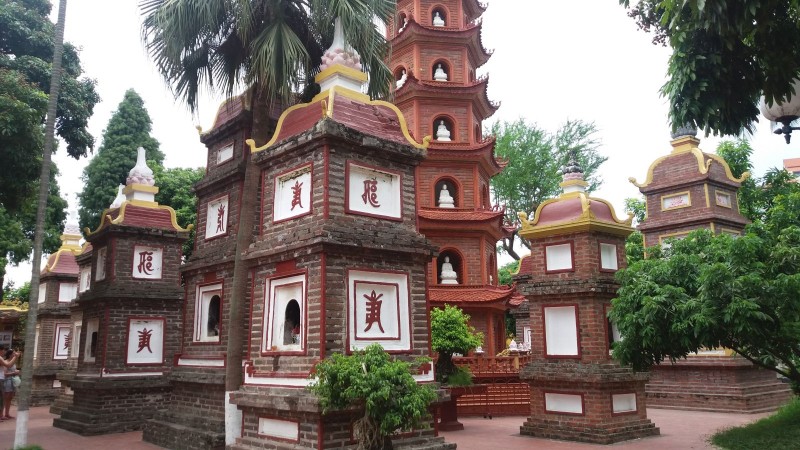
Conservation and Preservation Efforts
Preserving Tran Quoc Pagoda is about more than maintaining ancient bricks; it is about safeguarding a living symbol of Vietnam’s spiritual soul and cultural heritage. Despite centuries of weather, war, and rapid urban change, dedicated efforts by government bodies and the local community have breathed new life into this iconic temple. Through thoughtful restoration projects and ongoing care, Tran Quoc Pagoda continues to inspire reverence and wonder. Understanding these preservation efforts reveals how fragile yet resilient cultural treasures can thrive when protected with passion and purpose. Explore how these initiatives ensure the pagoda remains a beacon of history and faith for generations to come.
Government and community initiatives
Preserving Tran Quoc Pagoda relies on a powerful partnership between government agencies and the local community. Official programs provide essential funding and expertise, while monks and residents dedicate themselves to daily care and cultural stewardship. Together, they form a vigilant guardianship that keeps the pagoda’s heritage alive amidst modern challenges.
- Government Support: Hanoi’s cultural heritage department allocates funds and specialists to oversee conservation projects.
- Community Involvement: Local monks and residents participate actively in maintenance and cultural education.
- Awareness Campaigns: Programs encourage public respect and understanding of the pagoda’s historical importance.
This collaboration ensures that Tran Quoc Pagoda remains protected as a treasured site for spiritual and cultural continuity. Plan your visit to witness the results of these preservation efforts firsthand.
Recent restoration projects and their impact
Recent restoration efforts have carefully revived the temple’s architectural beauty and spiritual ambiance. From stabilizing ancient structures to restoring delicate carvings, these projects honor the pagoda’s original artistry while enhancing the visitor experience. Each renovation breathes new life into a historic treasure, ensuring it endures with dignity and grace.
- Structural Repairs: Reinforcement of aging walls and foundations to prevent deterioration.
- Artistic Conservation: Restoration of statues, murals, and intricate carvings that showcase Vietnamese craftsmanship.
- Visitor Facility Improvements: Upgrades to pathways and informational signage for better accessibility and education.
These projects highlight the balance between preserving heritage and accommodating modern visitors, securing Tran Quoc Pagoda’s future.
Challenges of maintaining a historic religious site
Maintaining a centuries-old site like Tran Quoc Pagoda demands constant vigilance. Environmental wear, limited funding, and the pressures of growing tourism create ongoing hurdles. Balancing preservation with public access requires thoughtful strategies to protect this sacred space’s integrity for future generations to cherish.
- Environmental Threats: Exposure to humidity, pollution, and seasonal weather challenges the structure’s durability.
- Funding Limitations: Conservation efforts depend on fluctuating government and donation support.
- Visitor Impact: Managing foot traffic to prevent wear while providing meaningful access.
Addressing these challenges is essential to preserve the spiritual and cultural heart of Tran Quoc Pagoda. Support respectful tourism to help maintain this historic landmark.
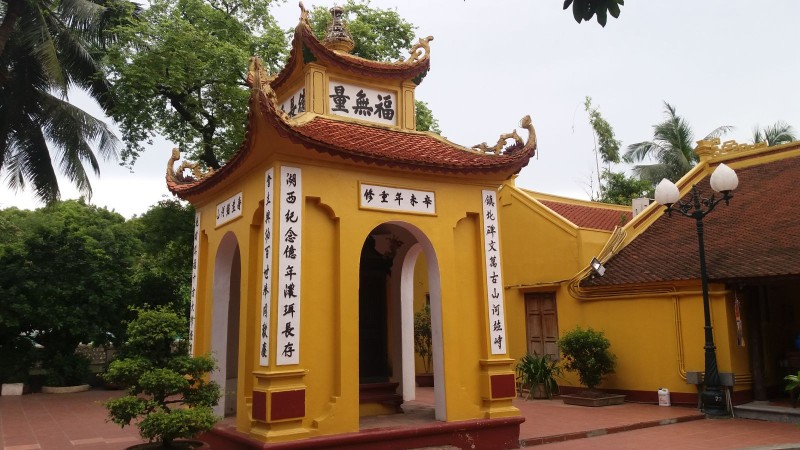
Planning Your Visit
Planning your visit to Tran Quoc Pagoda helps ensure a smooth, respectful, and enriching experience at one of Hanoi’s most cherished cultural landmarks. Whether you are navigating transport options, curious about opening hours and entry fees, or seeking the best time to visit and visitor etiquette, this section offers practical guidance to prepare your trip effectively. Understanding these logistics will enhance your visit and help you engage meaningfully with the pagoda’s spiritual and historic atmosphere. Use these insights to confidently plan your journey to Tran Quoc Pagoda and make the most of your time at this iconic site.
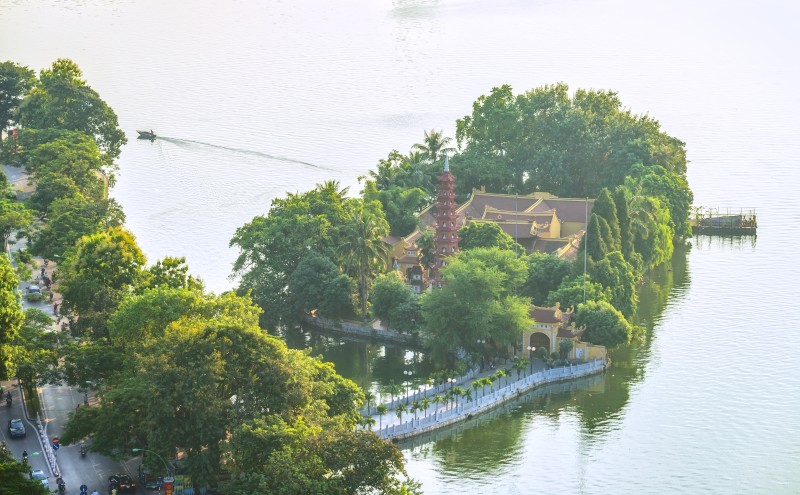
How to Get There
Knowing how to get to Tran Quoc Pagoda allows you to choose the travel option that best fits your budget, convenience, and preferences. Whether you prefer affordable public transport, comfortable taxis and ride-hailing, or scenic walking and cycling routes from the Hanoi Old Quarter, each offers a unique way to experience the city while making your way to the temple.
Public transport options including bus routes
Public transport is a budget-friendly and eco-conscious way to reach Tran Quoc Pagoda. Several bus routes serve the area near West Lake, providing frequent and reliable service.
- Bus No. 33, 43, and 55: These buses run regularly and stop near Tran Quoc Pagoda.
- Affordable Fare: Ideal for travelers looking to save on transport costs.
- Local Experience: Offers a chance to observe everyday Hanoi life during your journey.
Using public buses is a practical choice that blends cost-effectiveness with cultural immersion. Plan your route early to align with bus schedules.
Taxi and ride-hailing accessibility
For those seeking convenience and speed, taxis and ride-hailing services like Grab are excellent options.
- Door-to-Door Service: Provides direct transport from any point in Hanoi to Tran Quoc Pagoda.
- Time-Efficient: Recommended for visitors with limited time or traveling in groups.
- Wide Availability: Both local taxis and ride-hailing apps operate throughout the city.
Choosing taxis or ride-hailing enhances comfort and flexibility for your visit to Tran Quoc Pagoda.
Walking and cycling routes from Hanoi Old Quarter
Active travelers may enjoy walking or cycling to Tran Quoc Pagoda, covering approximately 3.5 kilometers through scenic city paths.
- Scenic Route: Paths along West Lake offer beautiful views and peaceful surroundings.
- Exercise and Exploration: Combines sightseeing with physical activity.
- Well-Marked Trails: Suitable for casual cyclists and walkers exploring Hanoi’s lakeside area.
Walking or cycling to the pagoda is a rewarding way to engage more deeply with Hanoi’s vibrant atmosphere.
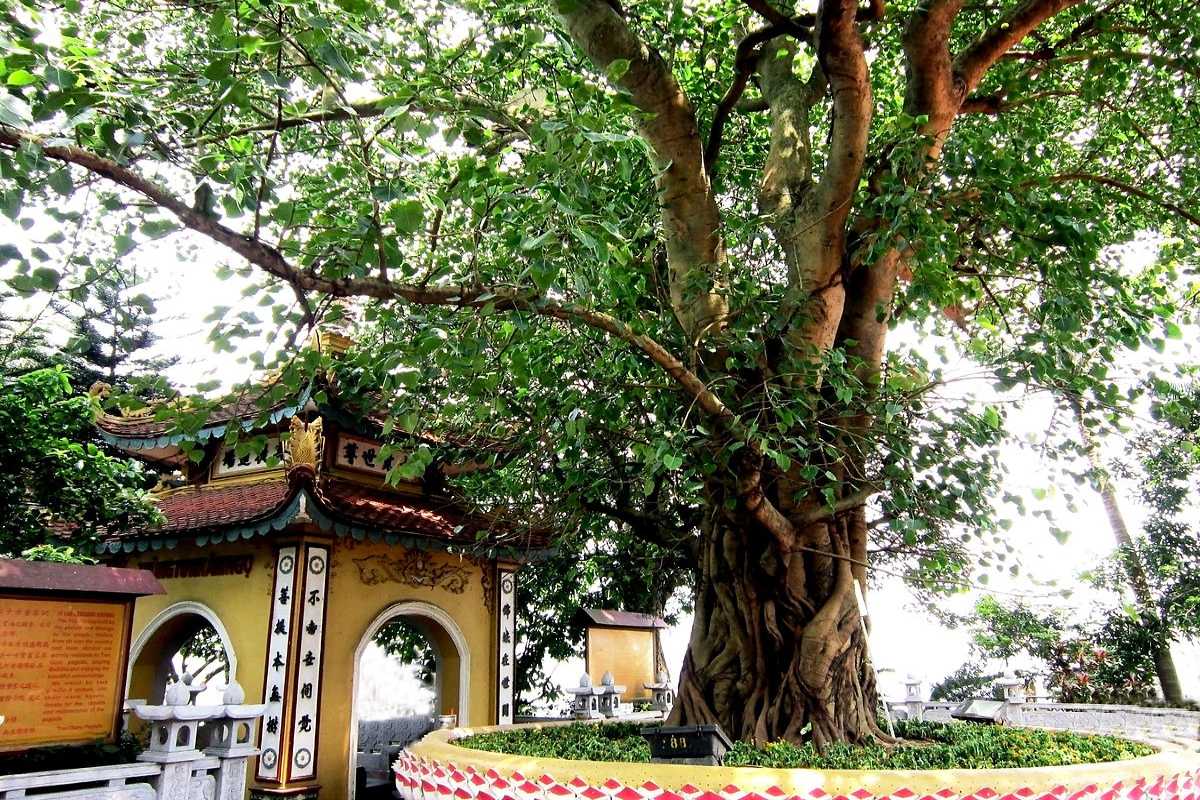
Opening Hours and Entry Policies
Knowing the Tran Quoc Pagoda opening hours and entry policies helps you plan your visit to avoid any inconvenience. The pagoda is generally accessible daily, but understanding its operational schedule and donation practices ensures a smooth and respectful experience. This section clarifies when you can visit and what is expected for entry, helping you align your plans with local customs and temple guidelines.
Daily opening and closing times
Tran Quoc Pagoda typically welcomes visitors every day during these hours:
- Opening Time: From 7 AM in the morning.
- Closing Time: Until 5 PM in the evening.
- Holiday Closures: Occasional closures may occur during special religious events or national holidays.
It is advisable to confirm current opening times before your visit to ensure access.
Entry fees and donation practices
There is no official entrance fee to visit Tran Quoc Pagoda, but voluntary donations are encouraged to help with the temple’s upkeep.
- Voluntary Donations: Visitors may contribute according to their willingness to support maintenance.
- Donation Etiquette: It is customary to make donations respectfully, often by placing money in donation boxes located near the entrance or main halls.
Following local donation customs honors the temple’s traditions and supports its preservation.

Best Time to Visit
Choosing the best time to visit Tran Quoc Pagoda can greatly enhance your experience by allowing you to enjoy favorable weather and avoid crowds. Understanding seasonal weather patterns and peak visiting hours helps you plan a trip that maximizes both comfort and photographic opportunities. This guidance ensures your visit to the pagoda is both peaceful and visually rewarding.
Seasonal considerations for weather and crowds
When planning your visit to Tran Quoc Pagoda, consider these seasonal factors:
- Dry Season (October to April): Offers pleasant, cool weather ideal for outdoor exploration.
- Rainy Season (May to September): Avoid due to heavy rains that can cause slippery paths and discomfort.
- Weekdays and Early Mornings: Tend to be less crowded, allowing for a more serene visit.
Selecting the right season and timing helps you enjoy the pagoda in comfort and tranquility.
Recommended times of day for photography and rituals
To capture the beauty and spiritual ambiance of Tran Quoc Pagoda, plan your visit around these times:
- Early Morning: Soft natural light and quiet surroundings create a peaceful atmosphere perfect for reflection and photography.
- Sunset: Warm tones and lake reflections offer stunning photographic opportunities and a calming end to the day.
Visiting during these times also aligns with local rituals, enhancing the cultural experience.
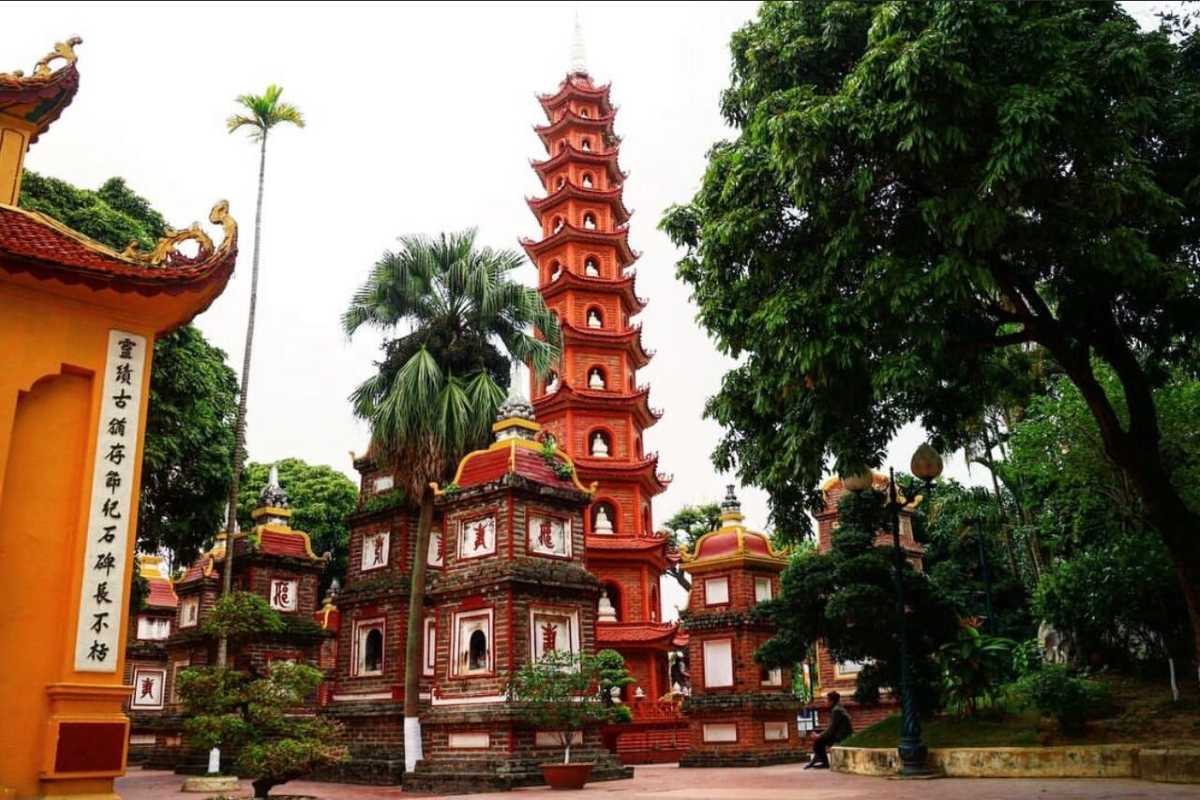
Visitor Tips and Etiquette
To enjoy a respectful and meaningful visit to Tran Quoc Pagoda, it is important to follow local customs and etiquette. Being mindful of cultural practices not only shows respect for this sacred Buddhist site but also enriches your experience. These visitor tips will guide you in behaving appropriately and making the most of your time at the temple.
Dress code and respectful behavior inside temple grounds
Observing proper attire and conduct helps maintain the temple’s sanctity:
- Dress modestly: Cover shoulders and knees to honor cultural norms.
- Remove shoes before entering main halls as a sign of respect.
- Speak softly and avoid any disruptive or loud behavior.
Following these guidelines supports a calm and reverent atmosphere during your visit.
Photography guidelines and restrictions
Respecting photography rules preserves the temple’s spiritual environment:
- Photography is permitted in most areas but avoid using flash inside prayer halls.
- Always ask permission before photographing monks or worshippers to respect their privacy.
Adhering to these practices ensures your photos capture beauty without intruding on sacred moments.
Tips for a peaceful and meaningful visit
Enhance your experience with mindful actions:
- Visit early in the day to avoid crowds and enjoy a tranquil setting.
- Engage in meditation or quiet reflection if you wish, embracing the pagoda’s spiritual energy.
- Participate respectfully in rituals or observe silently to honor local traditions.
These simple tips help you connect deeply with the essence of Tran Quoc Pagoda.

Things to See and Do at Tran Quoc Pagoda
Tran Quoc Pagoda offers visitors a rich tapestry of architectural marvels, spiritual ceremonies, and scenic beauty. Exploring its historic structures, witnessing Buddhist rituals, and enjoying the peaceful surroundings by West Lake provides a deeply immersive experience. Whether you admire the iconic red brick stupa, participate in meditation, or photograph the tranquil lake views, this section highlights the key attractions and activities that make a visit to Tran Quoc Pagoda unforgettable. Prepare to discover the spiritual heart of Hanoi through these captivating sights and experiences.
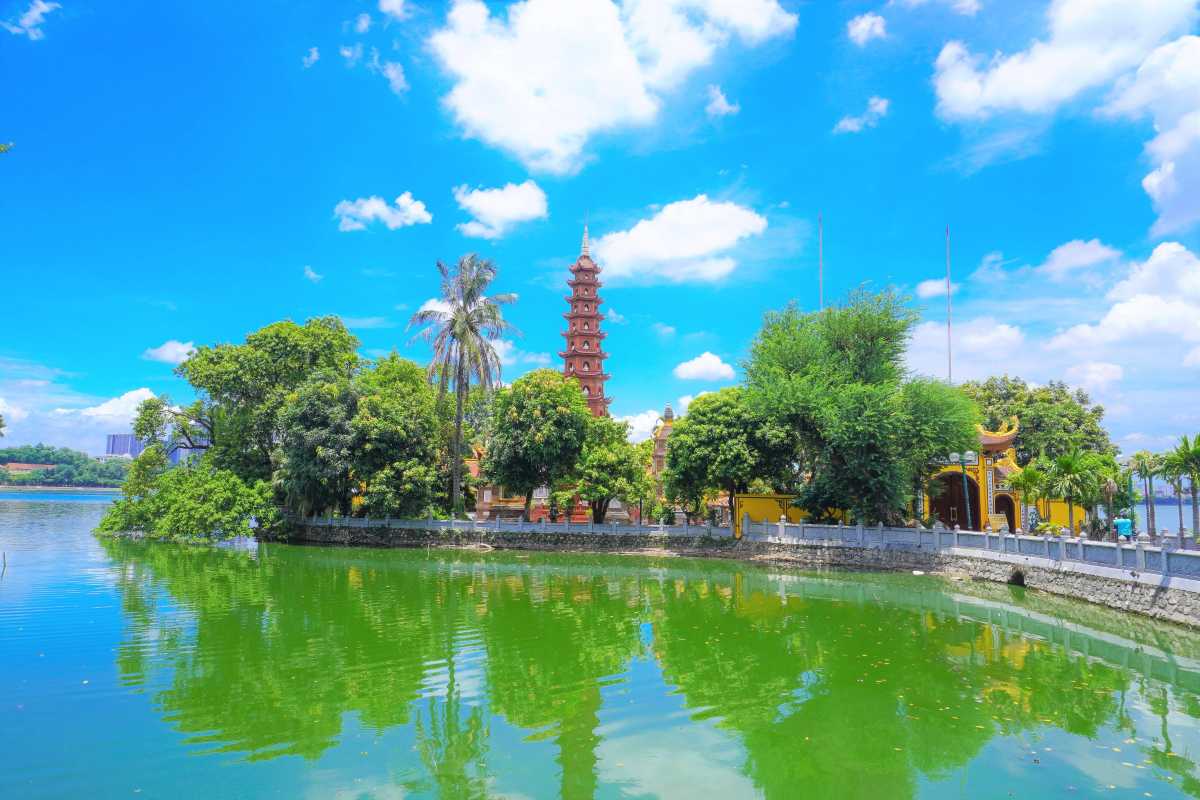
Architectural Highlights
The architecture of Tran Quoc Pagoda reflects centuries of Vietnamese Buddhist tradition, combining spiritual symbolism with artistic craftsmanship. The pagoda’s distinctive structures and historical artifacts offer insight into its cultural significance. Understanding these elements enriches your appreciation of this revered site and its role in Vietnam’s architectural heritage.
The 11-story red brick stupa and its significance
The pagoda’s most iconic feature is the towering 11-story red brick stupa:
- Spiritual Symbolism: Represents the path to enlightenment in Vietnamese Buddhism.
- Architectural Details: Constructed with traditional red bricks, featuring intricate designs and spiritual motifs.
- Sacred Relics: Houses Buddhist relics that enhance its religious importance.
This stupa stands as a testament to the enduring spiritual heritage embodied by Tran Quoc Pagoda.
Main worship halls and Buddha statues
The central worship halls serve as the spiritual core of the pagoda:
- Key Halls: Contain altars and spaces for prayer and offerings.
- Important Statues: Feature revered Buddha images worshipped by devotees.
- Ceremonial Use: Host rituals and festivals throughout the year.
These halls invite visitors to experience the pagoda’s religious atmosphere firsthand.
Intricate carvings and historical relics
Tran Quoc Pagoda showcases artistic and historical treasures throughout its grounds:
- Carvings: Elaborate wooden and stone carvings depicting Buddhist stories and motifs.
- Inscriptions: Ancient texts etched into temple walls providing historical insights.
- Relics: Preserved artifacts that connect visitors with centuries of spiritual practice.
These details highlight the cultural richness and historical depth of the pagoda.
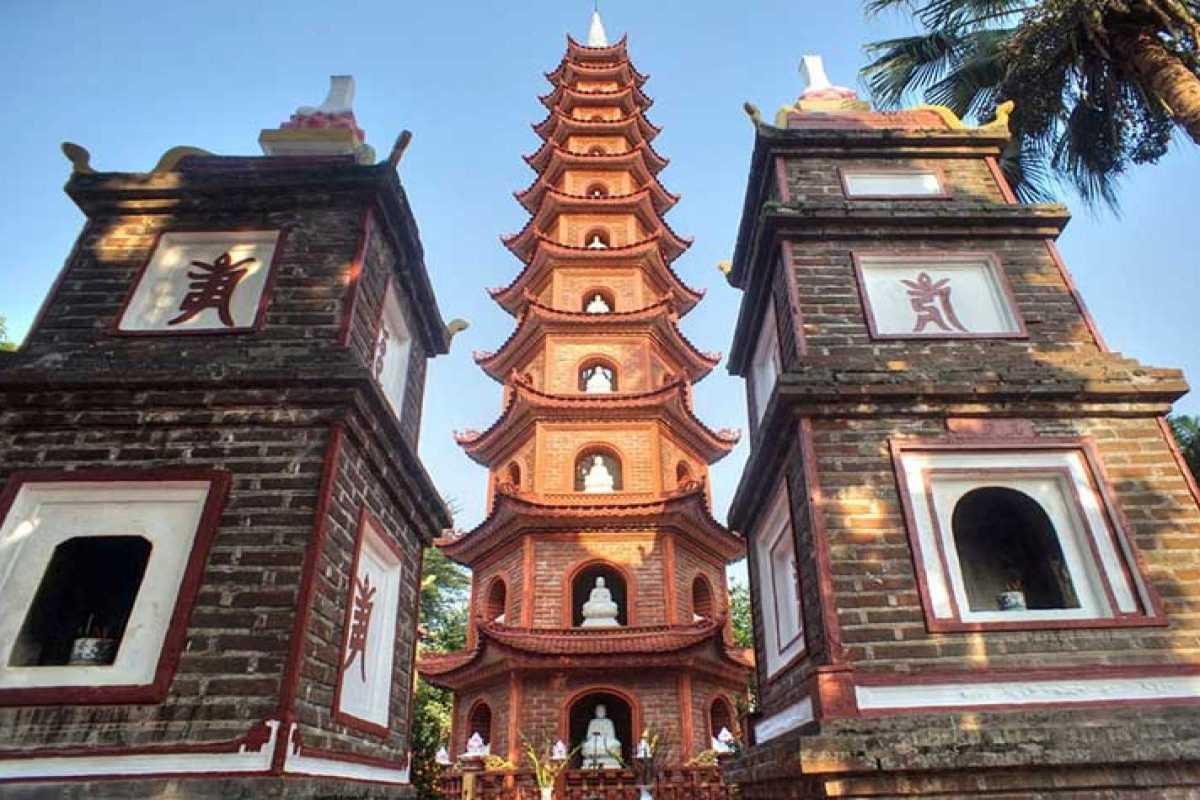
Cultural and Spiritual Activities
At Tran Quoc Pagoda, visitors have the opportunity to observe and engage with authentic Buddhist rituals at Tran Quoc Pagoda and spiritual practices that have been part of Vietnamese culture for centuries. Participating in meditation sessions, attending prayer times, and experiencing vibrant festivals such as Vesak and Lunar New Year allow you to connect deeply with the temple’s living heritage. These cultural activities offer meaningful ways to appreciate the pagoda beyond its architecture, enriching your visit with spiritual significance and local tradition.
Observing or participating in Buddhist rituals
Visitors can witness or respectfully take part in various rituals practiced daily and on special occasions:
- Daily Rituals: Offerings, chanting, and incense lighting performed by monks and devotees.
- Special Ceremonies: Events marking religious holidays or significant Buddhist dates.
- Visitor Participation: Opportunities to observe quietly or join in respectful ways under guidance.
Experiencing these rituals fosters a deeper understanding of the spiritual life at Tran Quoc Pagoda.
Meditation sessions and prayer times
The pagoda offers regular meditation and prayer opportunities for both practitioners and visitors:
- Scheduled Sessions: Timings are set for group meditation and communal prayers.
- Open to All: Visitors are welcome to join, regardless of prior experience.
- Spiritual Atmosphere: These sessions provide a serene setting for reflection and mindfulness.
Engaging in meditation enriches your visit with peace and introspection.
Festivals and special ceremonies (e.g., Vesak, Lunar New Year)
Major festivals at Tran Quoc Pagoda showcase rich cultural traditions and communal celebrations:
- Vesak Festival: Celebrates the birth, enlightenment, and passing of Buddha with vibrant rituals.
- Lunar New Year: Features special prayers and events marking the Vietnamese Tet celebrations.
- Visitor Experience: Festivals offer colorful decorations, performances, and the chance to witness local customs.
Attending these festivals allows you to partake in Hanoi’s spiritual and cultural rhythms firsthand.

Photography and Scenic Spots
For photography enthusiasts and casual visitors alike, Photography spots at Tran Quoc Pagoda offer stunning opportunities to capture the beauty and tranquility of this historic site. From unique angles showcasing the pagoda’s architectural elegance to picturesque views of West Lake, knowing where and when to shoot will help you create memorable images. This guide highlights the best vantage points and ideal times for photography, allowing you to take full advantage of the temple’s visual appeal.
Best angles for capturing the pagoda and lake views
To get iconic shots of Tran Quoc Pagoda and its serene environment:
- View from the lakeside promenade for panoramic views including the red brick stupa and water reflections.
- Framing the pagoda against the backdrop of lush greenery for a natural aesthetic.
- Close-up angles highlighting intricate carvings and architectural details.
These spots provide varied compositions to enrich your photo collection.
Sunrise and sunset photo opportunities
Timing your photography around sunrise or sunset enhances the mood and lighting:
- Sunrise: Capture soft morning light illuminating the pagoda’s red bricks and casting calm reflections on West Lake.
- Sunset: Warm golden hues create dramatic silhouettes and enhance the peaceful ambiance.
Shooting during these hours maximizes natural beauty and tranquil atmospheres.

Exploring the Surrounding West Lake Area
Beyond Tran Quoc Pagoda, the West Lake area offers a wealth of natural beauty and cultural attractions to enrich your visit. Exploring walking paths and tranquil gardens near the pagoda allows you to enjoy peaceful moments amidst lush greenery. Additionally, several nearby temples and historic sites provide opportunities for combined visits, giving you a broader understanding of Hanoi’s spiritual and cultural landscape. Discover these complementary experiences to fully appreciate the charm of West Lake and its surroundings.
Walking paths and gardens around the pagoda
Several accessible trails and gardens invite you to relax and soak in the natural beauty near Tran Quoc Pagoda:
- Lakeside walking paths: Well-maintained routes along West Lake perfect for leisurely strolls.
- Garden spaces: Quiet spots with benches and shaded areas ideal for rest and reflection.
- Scenic views: Opportunities to observe local flora and fauna in a peaceful environment.
These outdoor spaces enhance the serene atmosphere of your pagoda visit.
Nearby temples and attractions for combined visits
The West Lake vicinity hosts several notable temples and cultural sites worth exploring:
- Quan Thanh Temple: A historic Taoist temple dedicated to Tran Vu, located a short distance away.
- Ngoc Son Temple: Situated on a small island, connected by The Huc Bridge, famous for its picturesque setting.
- Other cultural sites: Local museums, traditional markets, and cafes to experience Hanoi’s vibrant heritage.
Visiting these sites alongside Tran Quoc Pagoda enriches your cultural itinerary around West Lake.
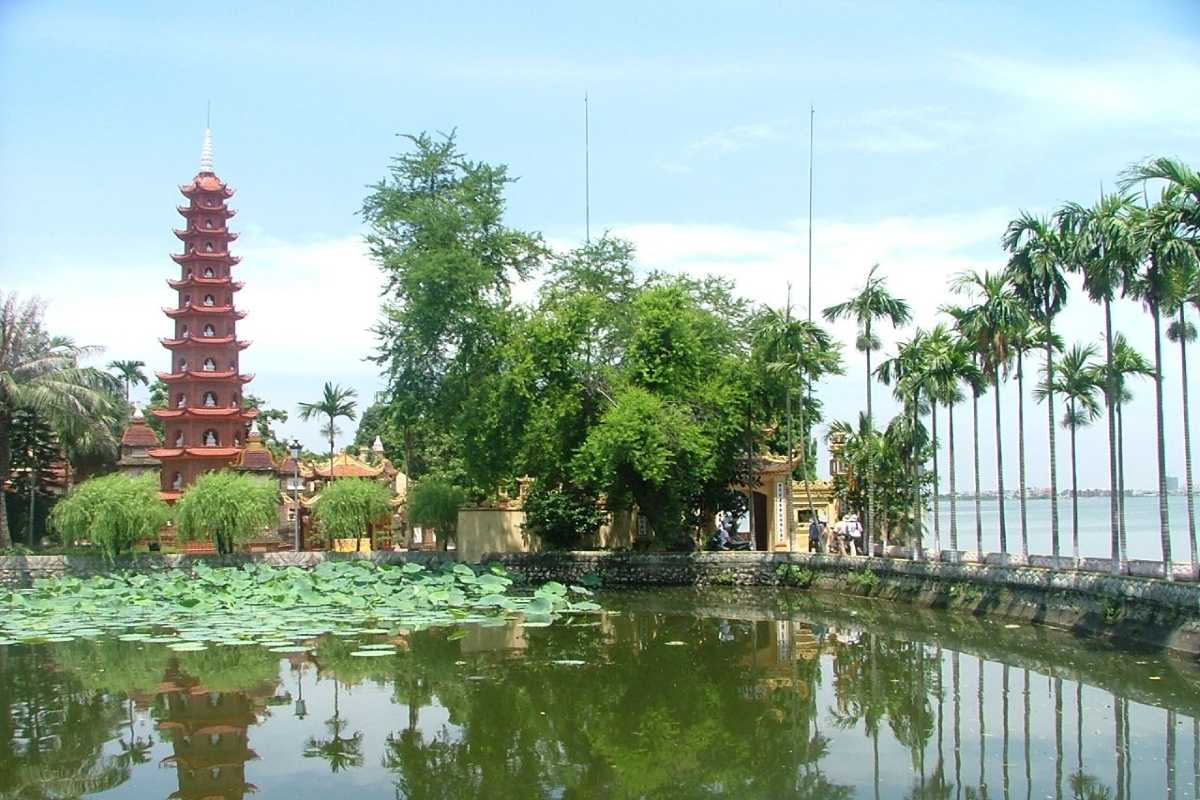
Nearby Attractions and Local Experiences
Exploring the area surrounding Tran Quoc Pagoda reveals a variety of cultural, historic, and culinary experiences that enrich your visit. From iconic temples to bustling local markets and cozy lakeside cafes, the West Lake vicinity offers diverse opportunities to immerse yourself in Hanoi’s vibrant heritage. Discovering these attractions and community events provides a fuller picture of the city’s traditions and lifestyle, making your trip more memorable and engaging.
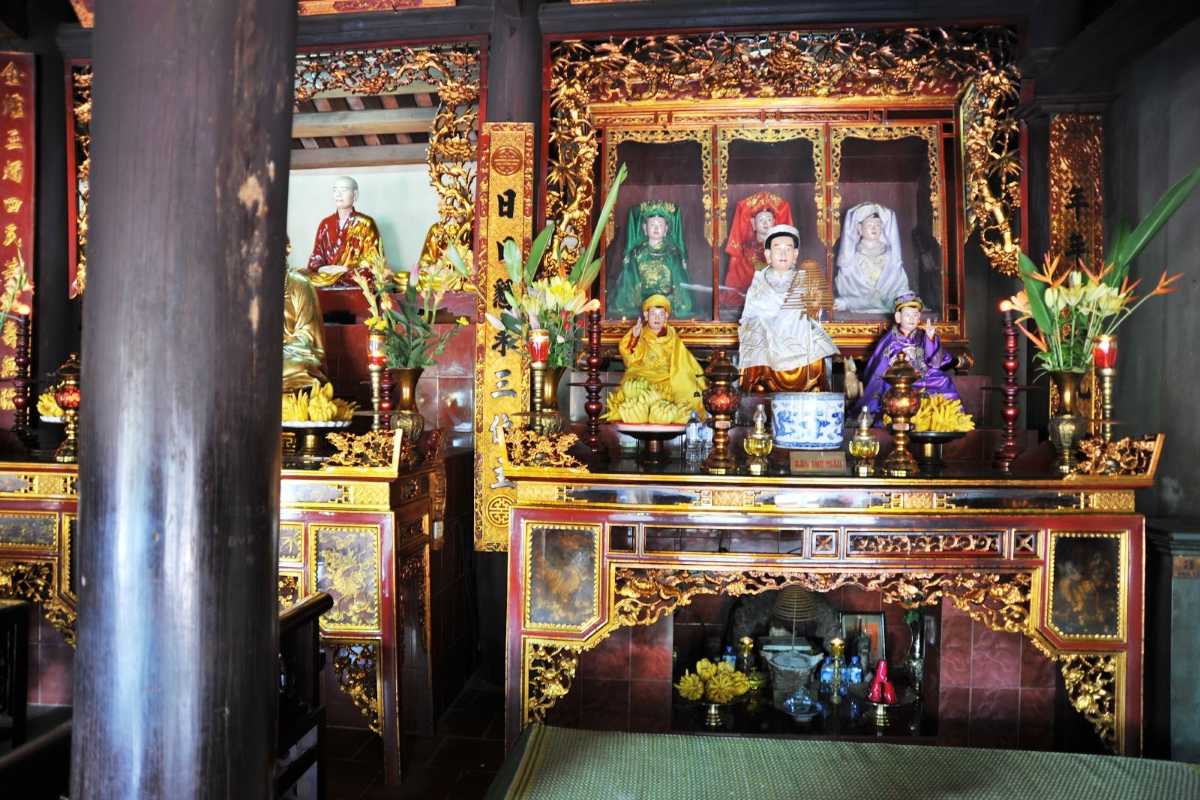
Key Attractions Around West Lake
The West Lake area hosts several notable cultural and historic sites within easy reach of Tran Quoc Pagoda. Planning visits to these nearby landmarks allows you to explore Hanoi’s rich spiritual and architectural heritage in greater depth.
Quan Thanh Temple
Located just a short distance from Tran Quoc Pagoda, Quan Thanh Temple stands as a key Taoist sanctuary in Hanoi. Known for its historical significance and distinctive architecture, this temple offers visitors a glimpse into Vietnam’s spiritual traditions and cultural heritage.
- Taoist Heritage: Quan Thanh Temple is one of Hanoi’s oldest and most important Taoist temples.
- Architectural Features: Known for its traditional design, statues, and peaceful gardens.
- Visitor Highlights: Offers cultural insight and serene surroundings for contemplation.
Exploring Quan Thanh Temple complements your visit to Tran Quoc Pagoda, deepening your understanding of Hanoi’s rich religious landscape.
Ngoc Son Temple and The Huc Bridge
Situated on a small island in the heart of Hoan Kiem Lake, Ngoc Son Temple is connected to the shore by the famous red The Huc Bridge. This site combines natural beauty with spiritual heritage, making it a must-see for visitors interested in Hanoi’s cultural icons.
- Location: Accessible via The Huc Bridge, which itself is a cultural landmark.
- Cultural Significance: Dedicated to Confucian and Taoist figures, embodying Hanoi’s spiritual identity.
- Visitor Experience: Known for its scenic views, historic architecture, and festive ceremonies.
Visiting Ngoc Son Temple offers a serene escape and rich cultural experience near your trip to Tran Quoc Pagoda.
Local markets and lakeside cafes
The West Lake area is also known for its vibrant local markets and charming lakeside cafes, perfect for soaking in Hanoi’s everyday life and flavors. These spots provide an authentic taste of Vietnamese culture beyond the temple grounds.
- Markets: Bustling venues selling traditional crafts, souvenirs, and local delicacies.
- Lakeside Cafes: Cozy establishments serving Vietnamese coffee and snacks with beautiful lake views.
- Atmosphere: A blend of local culture, casual dining, and scenic relaxation.
Enjoying these markets and cafes adds a flavorful and leisurely dimension to your visit around Tran Quoc Pagoda and West Lake.
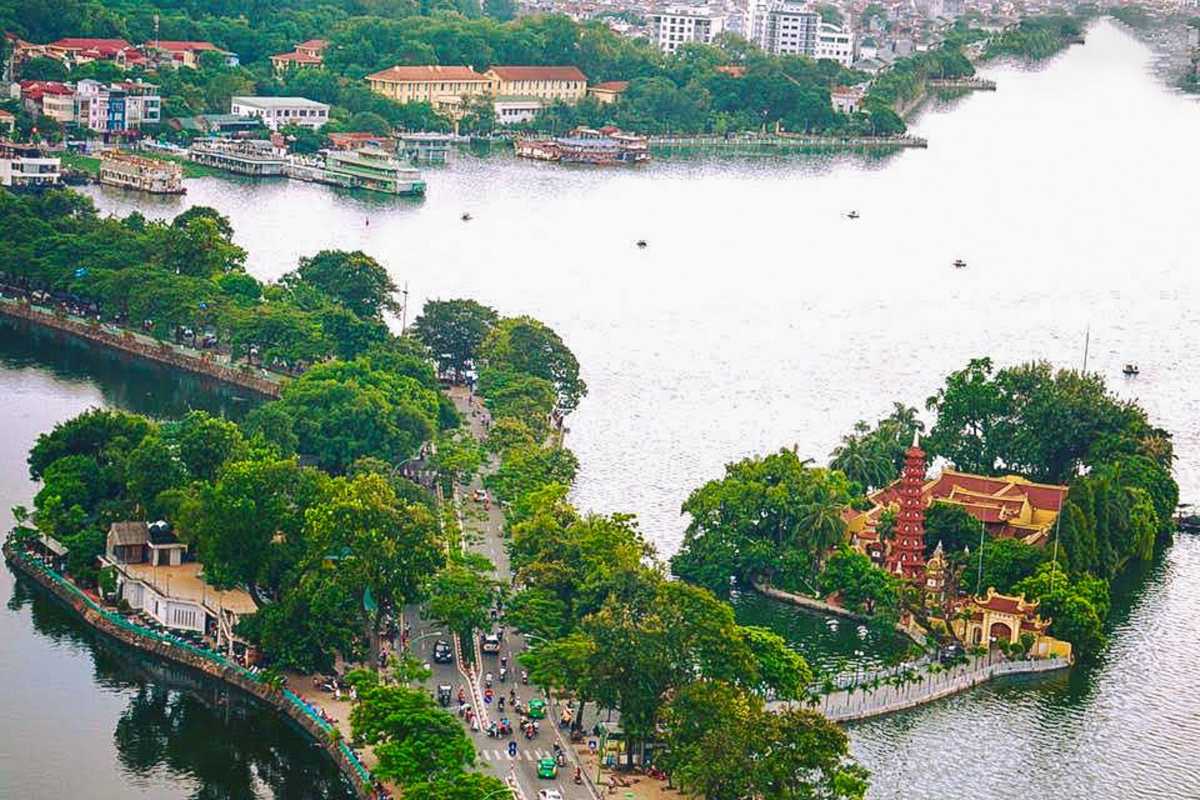
Dining and Culinary Experiences
Around Tran Quoc Pagoda and the West Lake area, you can savor a variety of authentic Vietnamese dishes that reflect the region’s rich culinary heritage. Exploring local food offers a flavorful way to connect with Hanoi’s culture beyond sightseeing. From iconic traditional meals to vibrant street food scenes in Tay Ho district, this section guides you to the best dining experiences that complement your visit.
Recommended local Vietnamese dishes near the pagoda
The area surrounding Tran Quoc Pagoda offers a range of beloved Vietnamese dishes to try:
- Pho: Vietnam’s famous noodle soup, rich in flavor and a must-try staple.
- Bun Cha: Grilled pork served with vermicelli noodles, herbs, and dipping sauce.
- Banh Cuon: Steamed rice rolls filled with minced pork and mushrooms.
- Traditional Desserts: Sweet treats such as Che (Vietnamese sweet soups) provide a refreshing end to meals.
Sampling these dishes enhances your cultural immersion while visiting Tran Quoc Pagoda.
Popular street food and dining spots in Tay Ho district
Tay Ho district is known for its lively street food scene and casual eateries offering authentic tastes:
- Street Vendors: Serving quick, flavorful snacks like banh mi and grilled skewers.
- Family-Friendly Spots: Restaurants with menus catering to diverse tastes and preferences.
- Budget Options: Affordable dining choices without compromising authenticity.
Exploring these local food spots offers a delicious journey through Hanoi’s culinary landscape near Tran Quoc Pagoda.
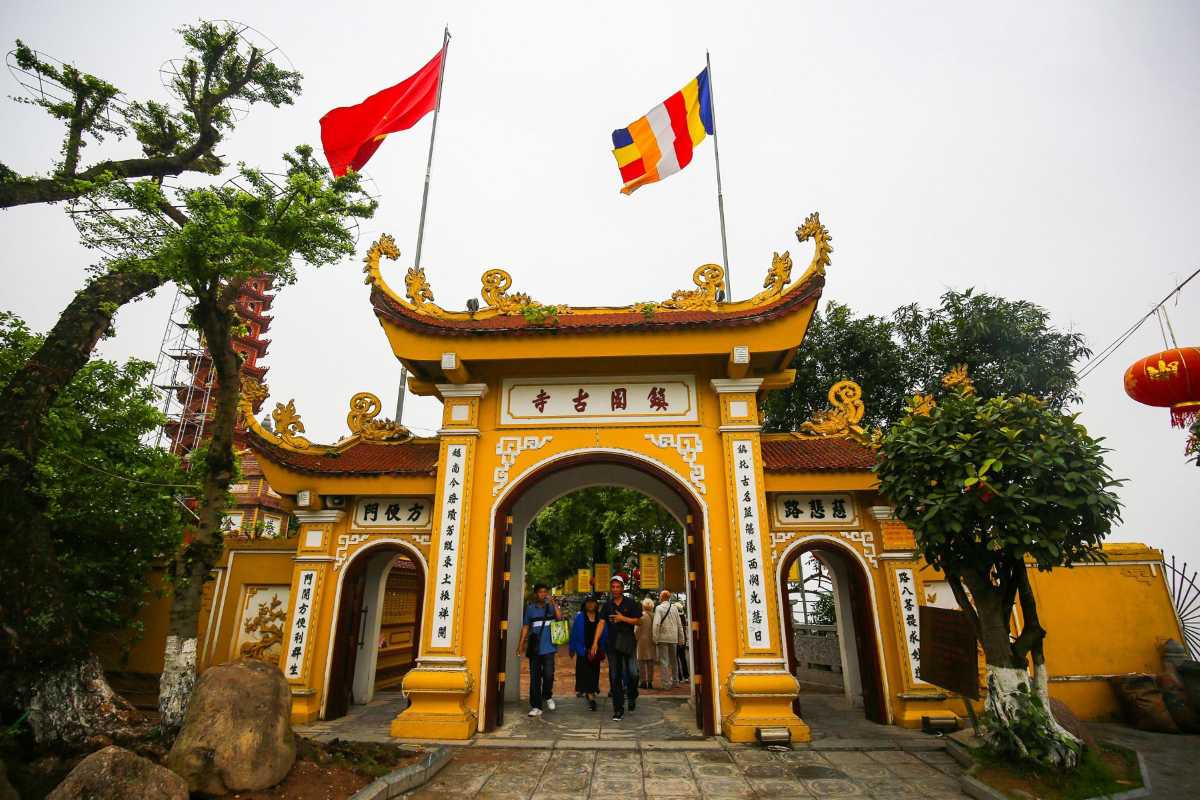
Cultural Events and Seasonal Activities
Visiting Tran Quoc Pagoda during major cultural events and seasonal celebrations offers a unique chance to engage deeply with Vietnamese traditions. The pagoda serves as a focal point for festivals and public ceremonies that highlight the spiritual and communal life of Hanoi. Timing your visit to coincide with these occasions allows you to witness vibrant rituals, local customs, and festive atmospheres that enrich your travel experience.
Festivals linked to the pagoda and local traditions
Several important festivals take place at Tran Quoc Pagoda, reflecting its spiritual significance:
- Vesak Festival: Celebrates Buddha’s birth, enlightenment, and passing with prayers, lanterns, and community activities.
- Lunar New Year (Tet): Features special temple rituals, offerings, and ceremonies welcoming the new year.
- Temple-Specific Rituals: Regular events honoring local deities and Buddhist traditions throughout the year.
These festivals provide vibrant cultural insights and a lively atmosphere for visitors.
Community events and public celebrations in the area
Beyond the pagoda, the West Lake neighborhood hosts various cultural fairs and communal gatherings:
- Traditional Markets: Seasonal markets offering crafts, food, and cultural goods.
- Public Celebrations: Events marking national holidays and local anniversaries with performances and activities.
- Cultural Fairs: Showcasing Vietnamese art, music, and traditional customs.
Participating in these community events offers authentic engagement with Hanoi’s local life near Tran Quoc Pagoda.
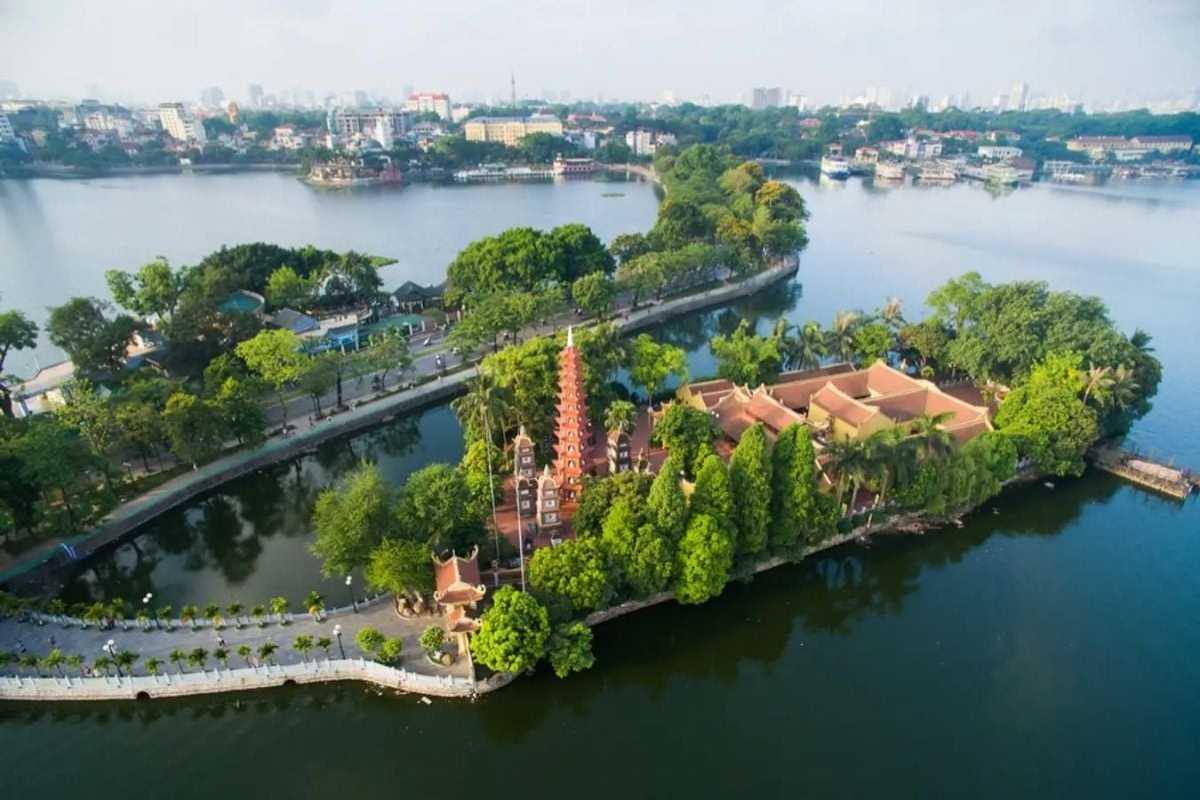
Practical Information and Visitor Resources
Tran Quoc Pagoda offers a range of practical resources to help ensure your visit is comfortable, safe, and accessible. Whether you have mobility needs, require guided tours, or seek nearby accommodation, this section provides essential information and tips to assist your travel planning. Knowing what support services and safety protocols are in place helps you prepare for a smooth and enjoyable experience in the serene setting of Tay Ho district, Hanoi.
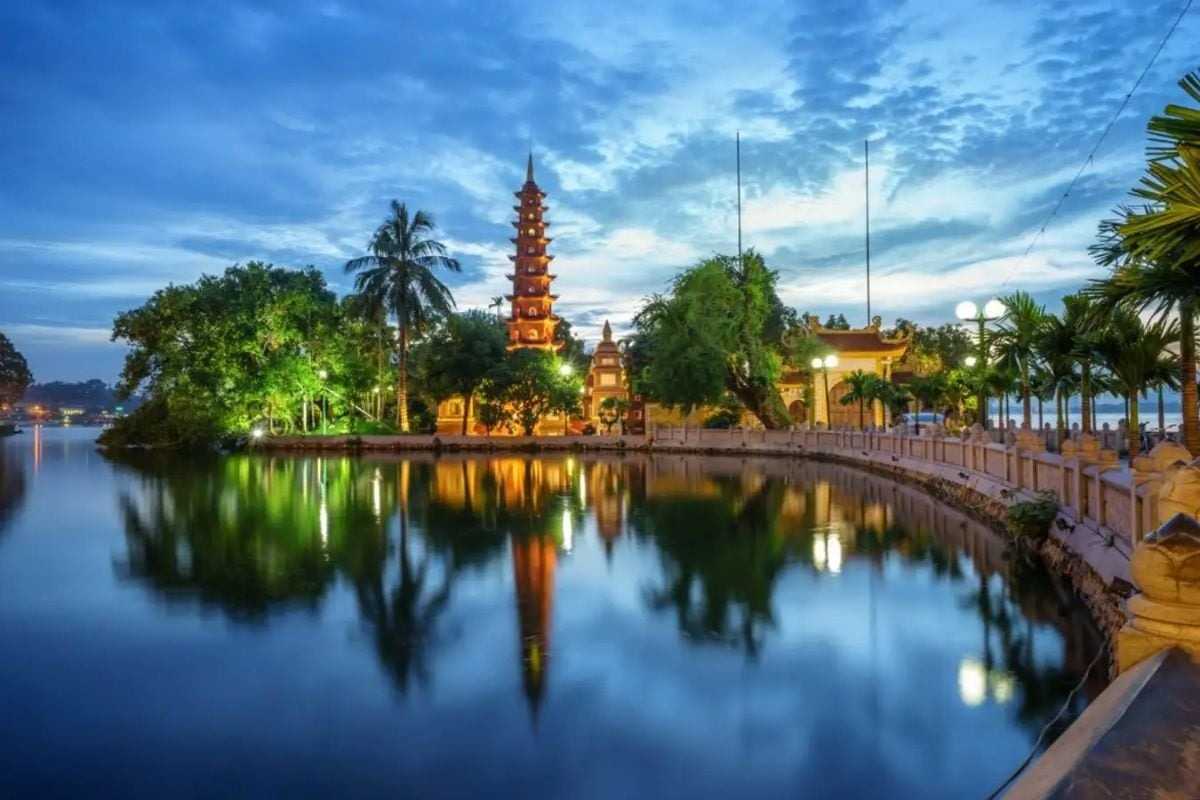
Accessibility Considerations
Visitors with mobility challenges or special needs will find that Tran Quoc Pagoda has made efforts to accommodate diverse requirements. Understanding these facilities in advance allows for better planning and a worry-free visit, ensuring everyone can experience the pagoda’s cultural richness comfortably.
Facilities for visitors with mobility challenges
The pagoda provides several amenities to support visitors with limited mobility:
- Ramps and smooth pathways: Designed to accommodate wheelchair users and those who require easier access.
- Seating areas: Available throughout the grounds for resting during your visit.
- Assistance services: Staff may offer help or guidance upon request to ensure your comfort.
These features promote accessible tourism and allow all visitors to enjoy the spiritual environment.
Guidance for families with children or elderly visitors
For families and older adults, the following tips enhance safety and enjoyment:
- Safety precautions: Watch for uneven surfaces and slippery areas, especially during rainy seasons.
- Visiting tips: Plan shorter visits with breaks to accommodate comfort needs.
- Family-friendly areas: Quiet gardens and shaded spots provide relaxing spaces for all ages.
Taking these steps helps create a pleasant and safe visit for everyone at Tran Quoc Pagoda.
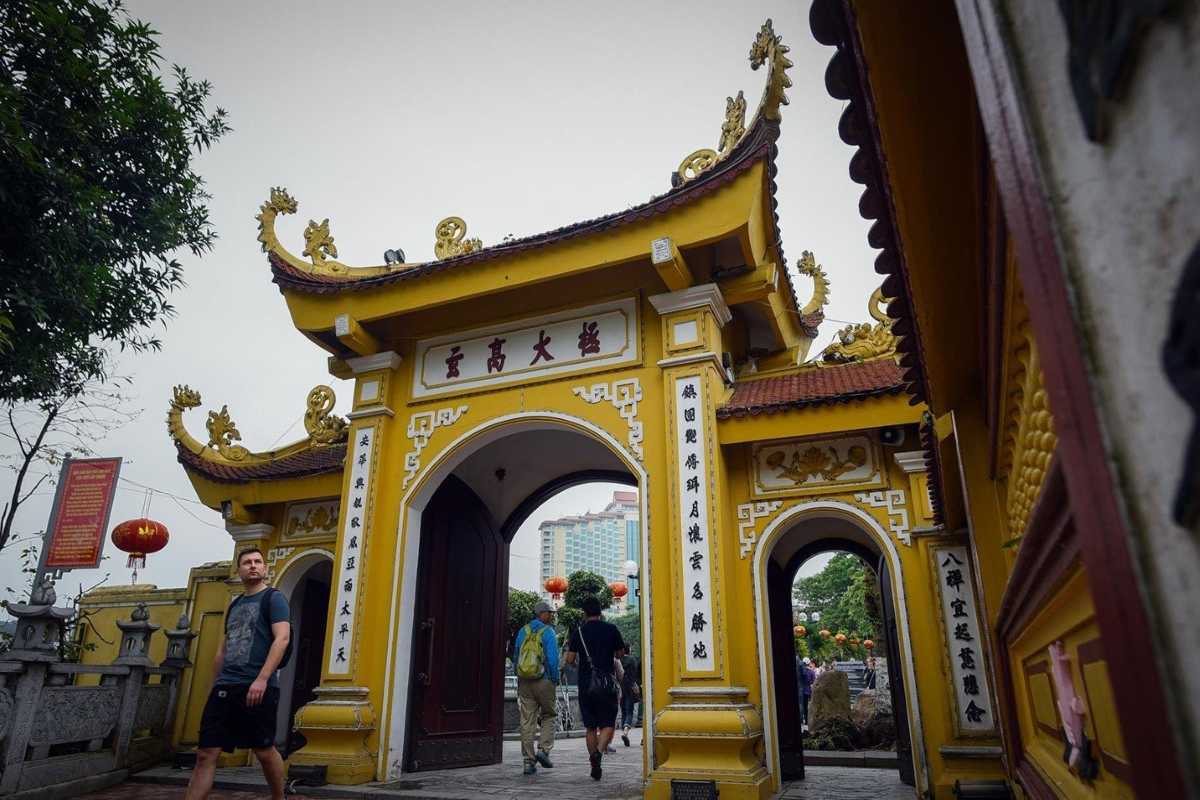
Booking Guided Tours and Audio Guides
Booking guided tours or using audio guides enhances your experience at Tran Quoc Pagoda by providing expert insights into its history, culture, and spiritual significance. Whether you prefer a private tour, group excursion, or self-guided exploration via apps, these options help you engage more deeply with the site. Choosing the right tour or guide ensures a richer, more personalized visit tailored to your interests.
Options for private and group tours
Visitors can select from a variety of tours designed to fit different preferences and schedules:
- Private tours: Customized itineraries focusing on history, architecture, or photography, typically lasting 1–2 hours.
- Group tours: Economical and social experiences led by knowledgeable guides sharing cultural stories.
- Booking methods: Available online through travel agencies, via onsite kiosks, or through platforms like Asia Travel Links.
These tours offer expert perspectives that deepen your understanding of Tran Quoc Pagoda.
Availability of self-guided apps or audio tours
For a flexible visit, self-guided options allow you to explore at your own pace:
- Trusted apps: Recommended mobile applications with detailed maps and audio commentary.
- Downloadable audio guides: Accessible before or during your visit for offline use.
- Benefits: Freedom to spend more time on points of interest that capture your attention.
Self-guided tools provide convenient ways to appreciate the pagoda’s history and culture independently.

Safety and Health Tips
Ensuring your well-being during your visit to Tran Quoc Pagoda and around Hanoi is essential for an enjoyable experience. Following practical safety and health advice helps you stay comfortable and protected while exploring this historic site and its vibrant surroundings.
Staying hydrated and managing weather conditions
Prepare for Hanoi’s climate by taking simple precautions:
- Carry water: Stay hydrated, especially during hot months.
- Sun protection: Use hats, sunglasses, and sunscreen to guard against strong sunlight.
- Appropriate clothing: Dress in breathable layers suited to seasonal changes, considering rain or heat.
These measures ensure comfort and safety throughout your visit.
COVID-19 related guidelines or restrictions (if applicable)
Be aware of current health protocols in place at Tran Quoc Pagoda and Hanoi:
- Mask mandates: Follow local rules on face coverings in public areas.
- Vaccination and testing: Stay informed about requirements for entry or participation in tours.
- Hygiene practices: Use hand sanitizers and maintain social distancing when advised.
Adhering to these guidelines helps protect you and others during your travels.

Accommodation Recommendations Nearby
Finding the right place to stay near Tran Quoc Pagoda can greatly enhance your visit to Hanoi. The Tay Ho district offers a diverse range of lodging options suited to various budgets and preferences, from charming guesthouses to upscale hotels. Choosing accommodation close to the pagoda ensures easy access to the site and the surrounding attractions.
Hotels and guesthouses in Tay Ho district
The Tay Ho district hosts numerous mid-range and boutique hotels, providing comfort and convenience:
- Boutique hotels: Stylish accommodations with personalized service near the lakefront.
- Guesthouses: Cozy, family-run establishments offering authentic local hospitality.
- Walking distance: Most options are within easy reach of Tran Quoc Pagoda, perfect for exploring on foot.
These choices combine accessibility with cultural charm for your stay.
Budget and luxury options within close proximity
Whether you prefer affordable stays or luxury experiences, the area caters to all travelers:
- Budget accommodations: Hostels and budget hotels offering clean, basic amenities at reasonable prices.
- Luxury hotels: High-end properties with modern facilities, spa services, and panoramic lake views.
- Flexible options: Suitable for solo travelers, families, and couples seeking comfort tailored to their needs.
Selecting the right accommodation nearby helps make your Tran Quoc Pagoda visit both enjoyable and relaxing.
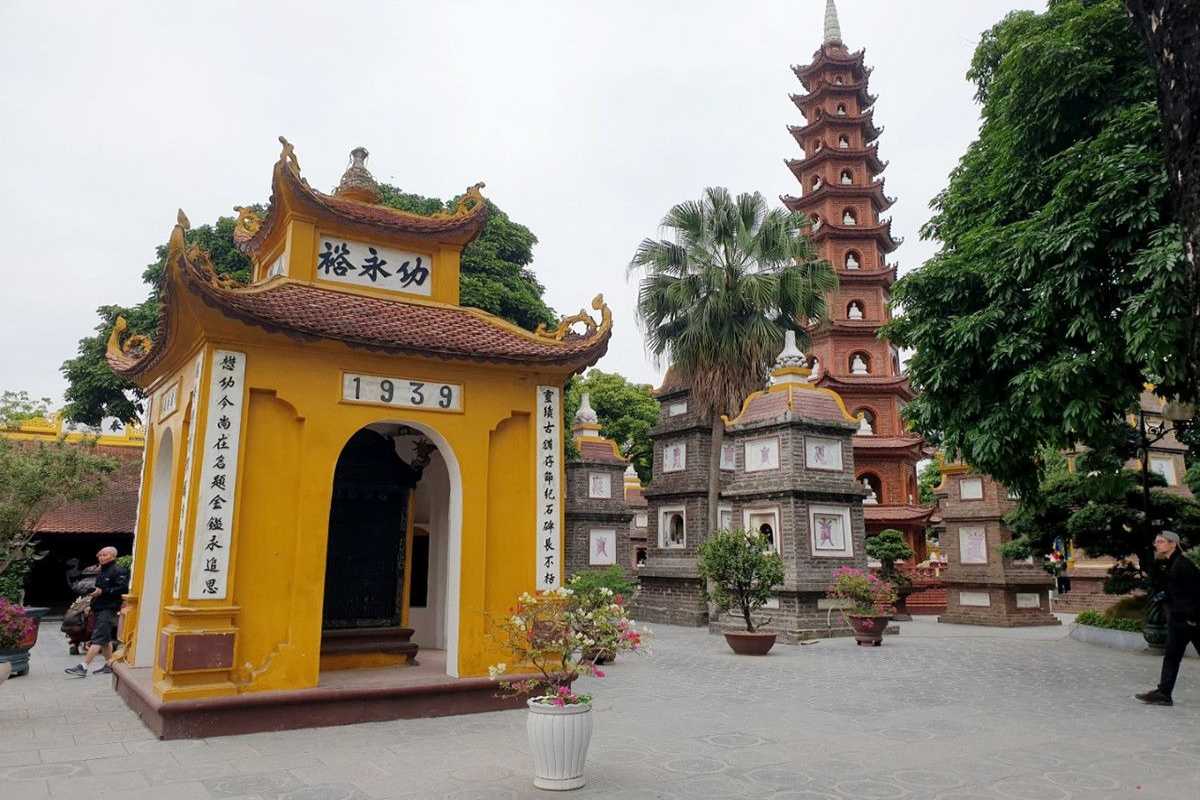
Conclusion and Travel Tips
Tran Quoc Pagoda remains a timeless symbol of Vietnam’s rich spiritual and cultural heritage. As you prepare to explore this historic site, understanding its unique qualities and following practical travel advice will enhance your journey. Embracing respectful and sustainable tourism practices ensures that future generations can also appreciate this treasured landmark in Hanoi.

Summary of the Unique Experience at Tran Quoc Pagoda
Visiting Tran Quoc Pagoda offers a truly unique experience that blends ancient history with vibrant spiritual traditions. Its serene lakeside setting, iconic red brick stupa, and centuries-old architecture create a peaceful atmosphere that resonates with visitors seeking cultural depth and tranquility.
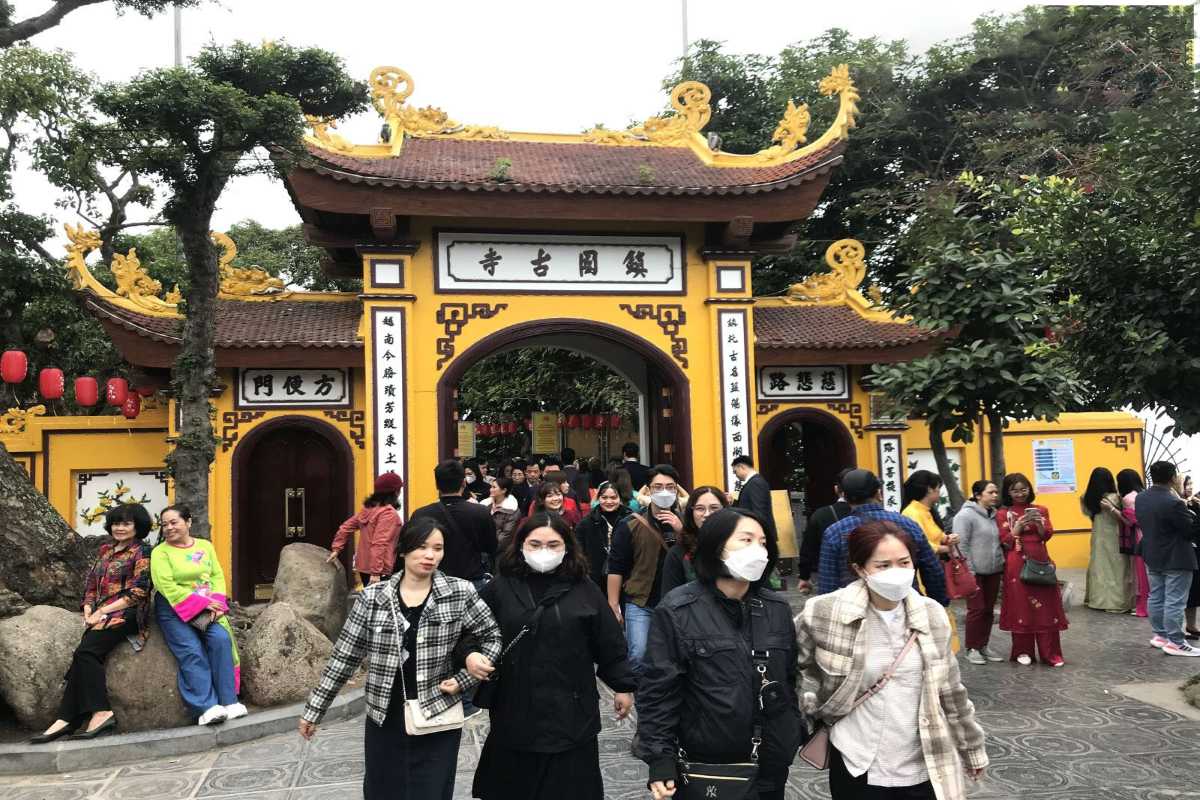
Insider Tips for Maximizing Your Visit
To make the most of your time at Tran Quoc Pagoda, consider these practical insider tips:
- Timing visits: Plan your trip during major rituals such as Vesak or Lunar New Year to witness vibrant cultural ceremonies.
- Avoiding crowds: Early mornings and weekdays are ideal for a quiet, contemplative experience.
- Combined itinerary: Pair your visit with nearby sites like West Lake, Quan Thanh Temple, and Ngoc Son Temple for a full day of exploration in Hanoi.
Following these tips ensures a meaningful and well-rounded visit to Tran Quoc Pagoda.
Timing visits to coincide with rituals or festivals
Visiting during special festivals allows you to experience the pagoda’s vibrant spiritual life firsthand.
- Vesak Festival: Celebrates Buddha’s birth with colorful ceremonies.
- Lunar New Year: Features unique offerings and temple activities.
- Quiet times: Early mornings and weekdays offer peaceful surroundings.
Choosing your visit time thoughtfully enriches your cultural connection to the site.
Combining the pagoda visit with other Hanoi highlights
Maximize your trip by exploring nearby attractions that complement Tran Quoc Pagoda:
- West Lake: Scenic walking paths and tranquil gardens.
- Quan Thanh Temple: Taoist heritage site just minutes away.
- Ngoc Son Temple: Located on Hoan Kiem Lake, accessible via The Huc Bridge.
These additions create a diverse and fulfilling itinerary around Hanoi’s spiritual and cultural heart.

Encouraging Respectful and Sustainable Tourism Practices
Preserving the spiritual and cultural heritage of Tran Quoc Pagoda depends on visitors embracing respectful and sustainable tourism behaviors. Your commitment to responsible travel helps maintain the pagoda’s integrity and supports the local community and environment. Practicing mindfulness during your visit ensures this sacred site remains vibrant for generations to come.
Mike Nguyen
Travel Advisor
Mobile: +84917506881 (whatsapp available)
Email: contact@asiatravellinks.com
Faqs
Tran Quoc Pagoda is Hanoi’s oldest Buddhist temple, dating back to the 6th century. It was originally built during the reign of Emperor Ly Nam De and has remained a spiritual and cultural landmark through centuries of Vietnamese history.
- Founded on the banks of the Red River, later relocated to West Lake in the 17th century due to flooding
- Reflects architectural evolution combining traditional Vietnamese Buddhist styles
- Has survived wars, urbanization, and restoration efforts, maintaining continuous religious significance
- Houses sacred relics and an iconic 11-story red brick stupa built in the 17th century
Understanding its deep historical roots enriches any visit. Experience the living legacy of Tran Quoc Pagoda as you explore its ancient grounds and serene environment.
Tran Quoc Pagoda is easily accessible from Hanoi Old Quarter via multiple transport options. Visitors can choose the mode that suits their budget and preferences, enjoying scenic routes along the way.
- Public buses No. 33, 43, and 55 stop near West Lake, providing an affordable option
- Taxis and ride-hailing services like Grab offer direct, convenient transport
- Walking or cycling along the lakeside takes about 15–20 minutes and offers beautiful views
- Roads are well-marked, and the pagoda is located on Thanh Nien Street by West Lake
Plan your journey based on time and comfort to enjoy the trip to this historic site.
There is no official entrance fee to visit Tran Quoc Pagoda. However, voluntary donations are welcomed to support temple upkeep and preservation.
- Donation boxes are located near entrances and main halls
- Contributions are appreciated but not mandatory
- Donations help maintain the temple and fund cultural activities
- Visitors are encouraged to give respectfully, following local customs
Your thoughtful donations help ensure Tran Quoc Pagoda remains a vibrant spiritual center for future generations.
Tran Quoc Pagoda is generally open daily from early morning to late afternoon. Knowing the hours helps visitors plan a smooth and respectful visit.
- Typical hours: 7:00 AM to 5:00 PM daily
- Occasional closures may occur for special religious events or national holidays
- It is advisable to check current schedules before visiting, especially during festivals
- Early visits offer quieter, more serene experiences
Align your visit with these hours to fully appreciate the temple’s peaceful ambiance.


